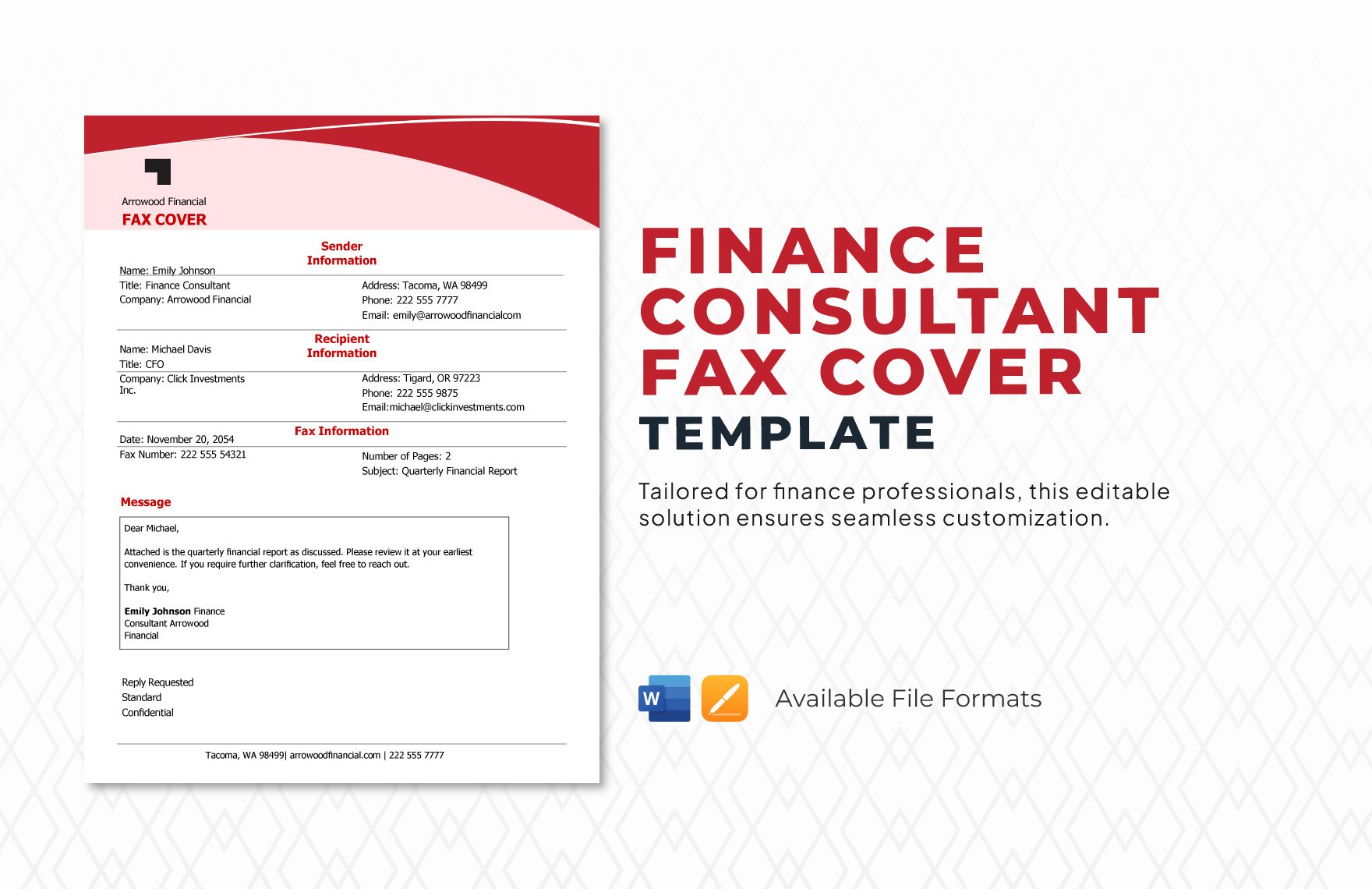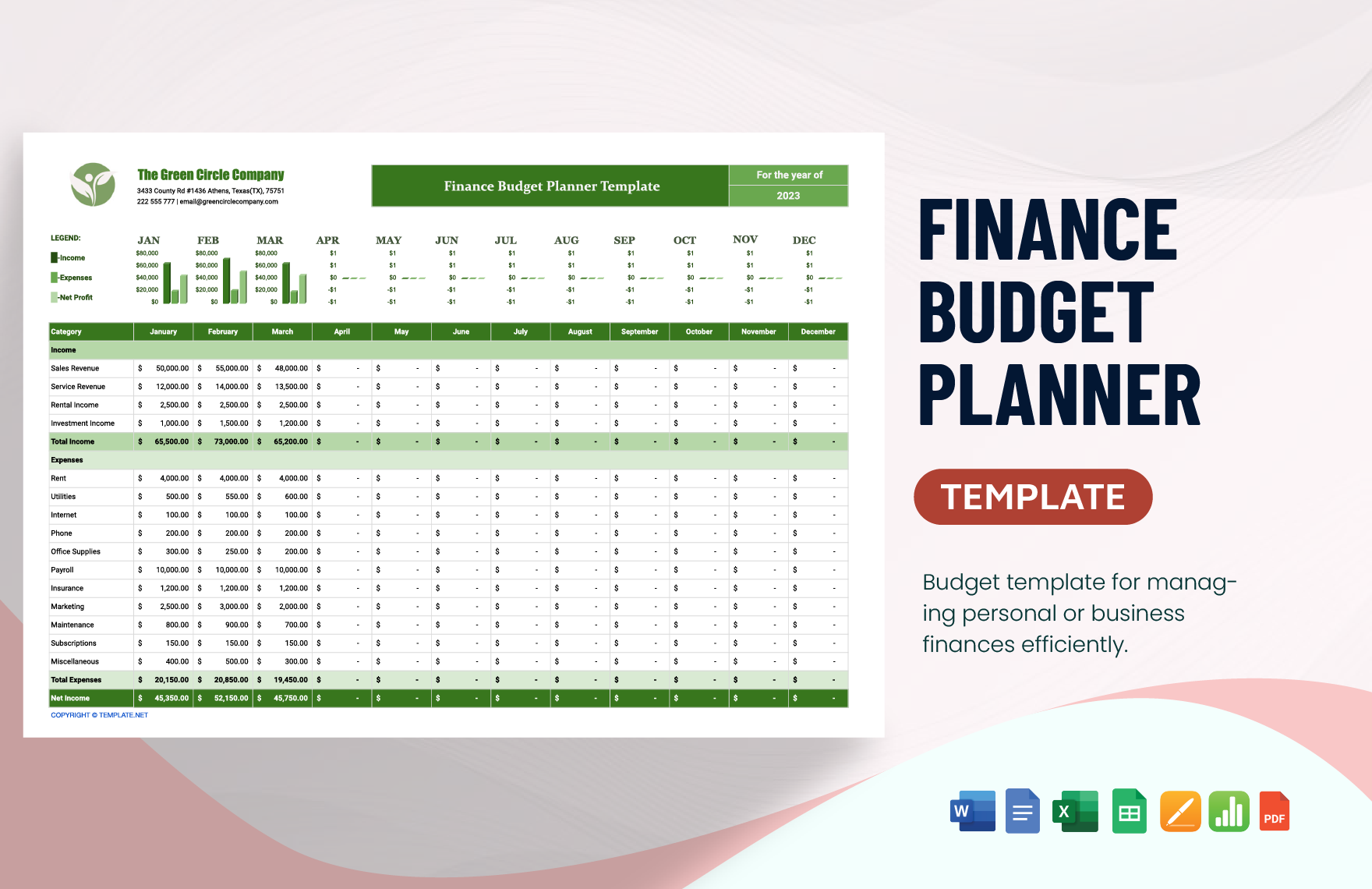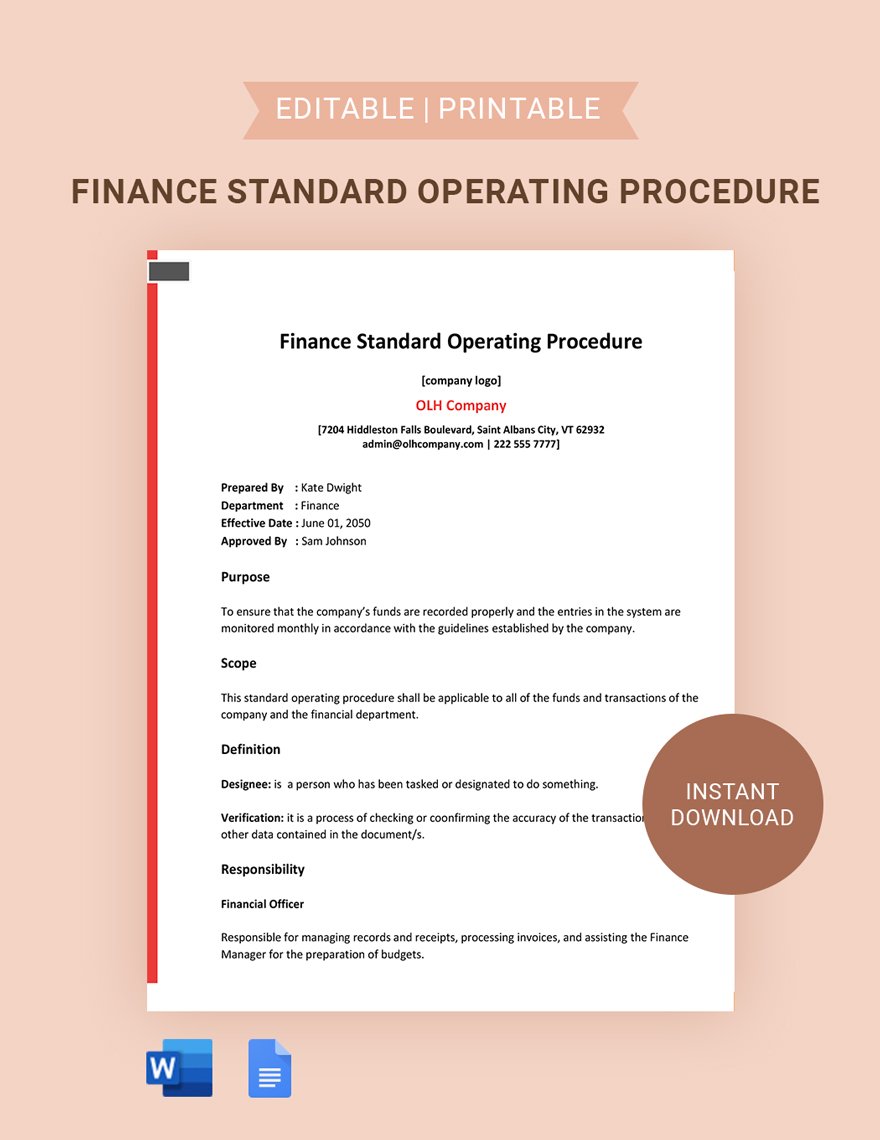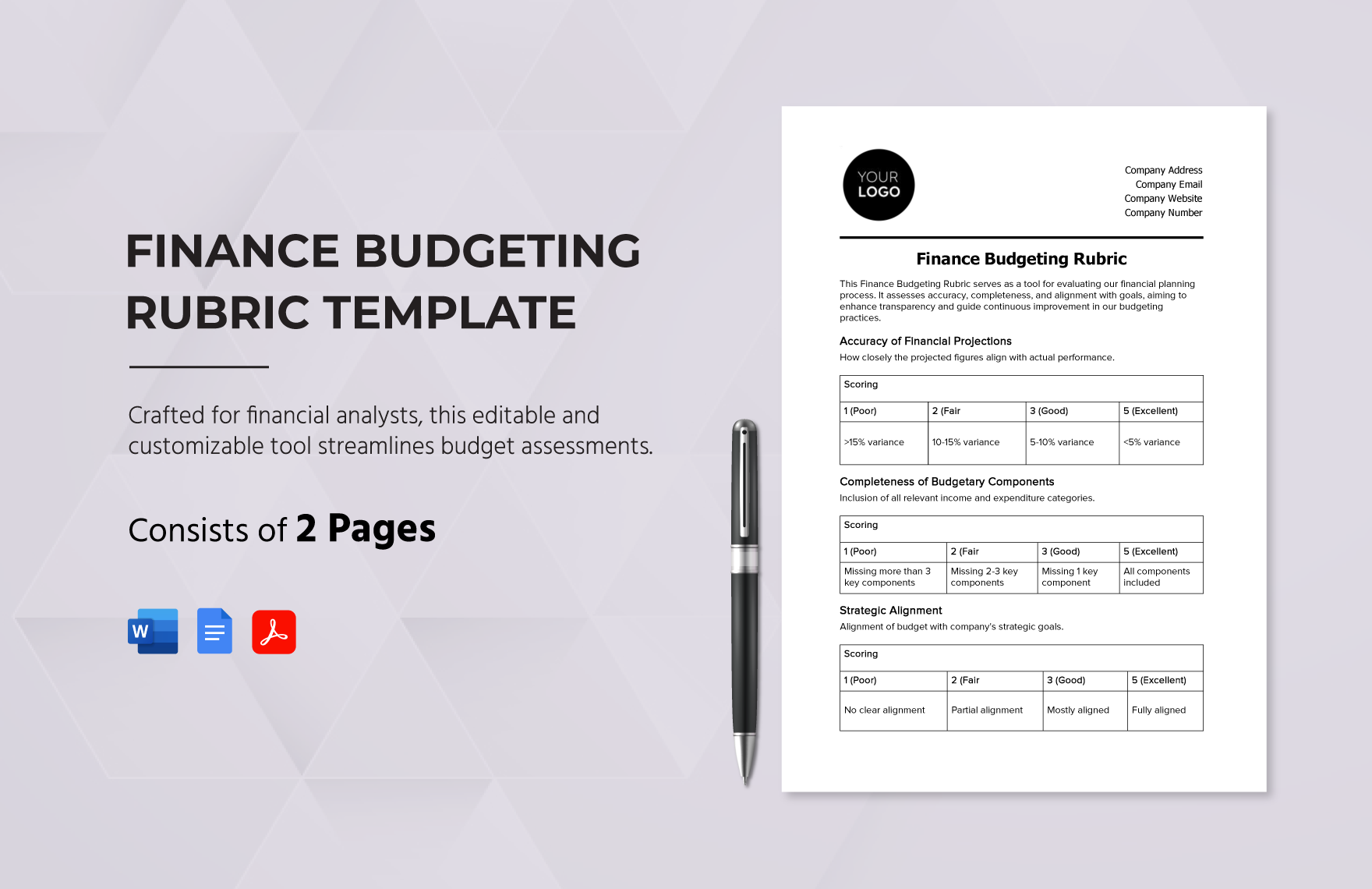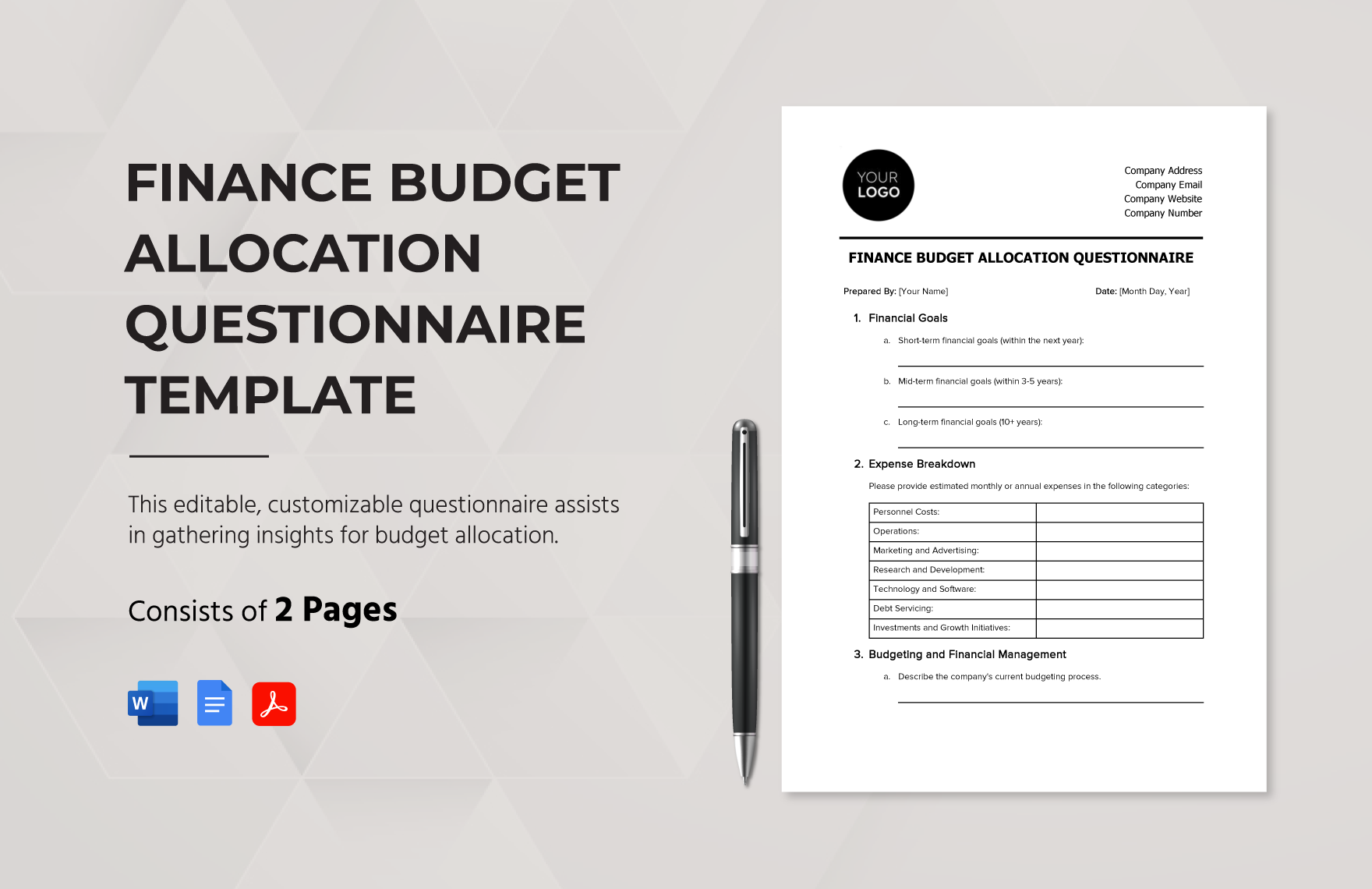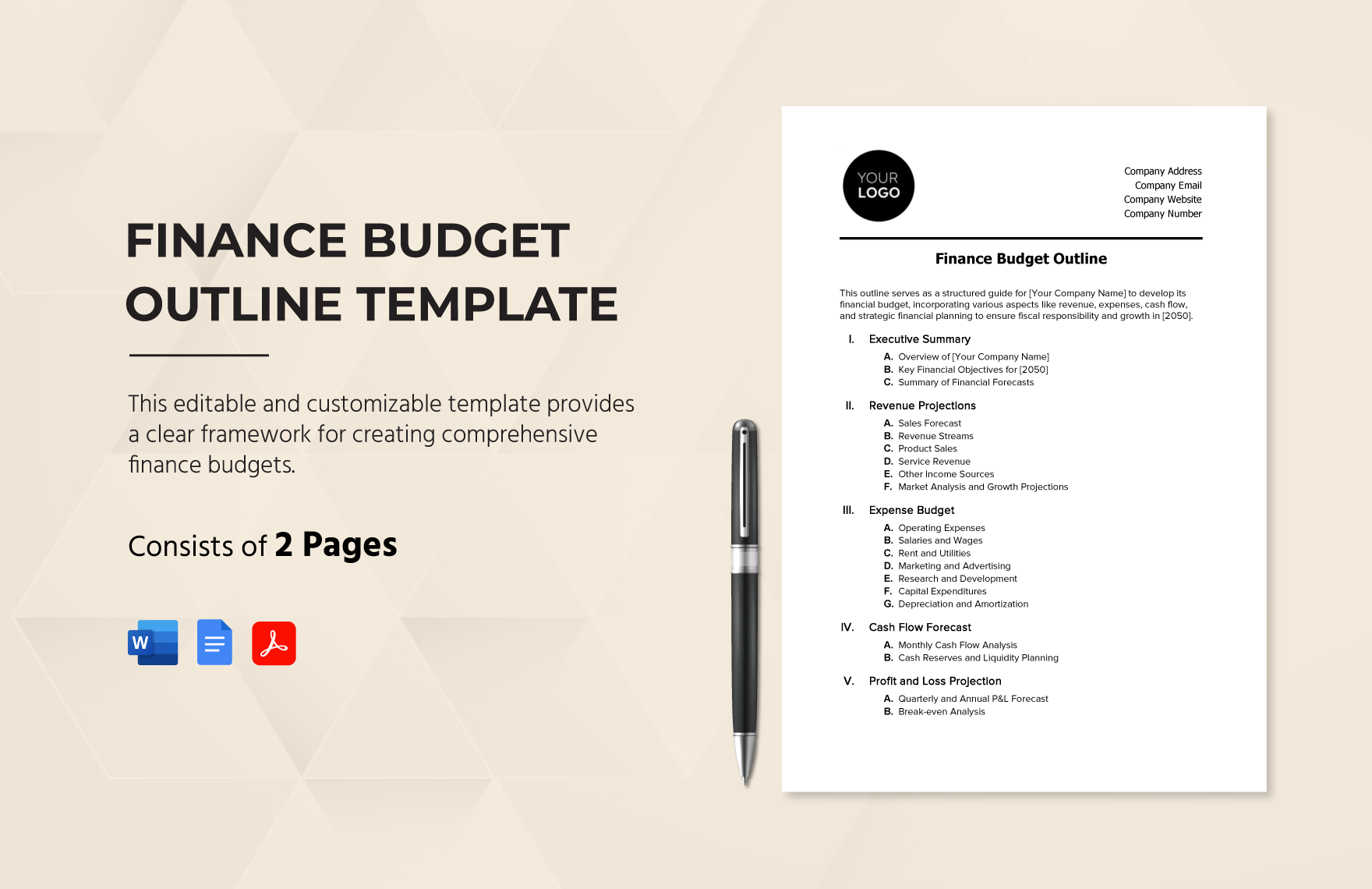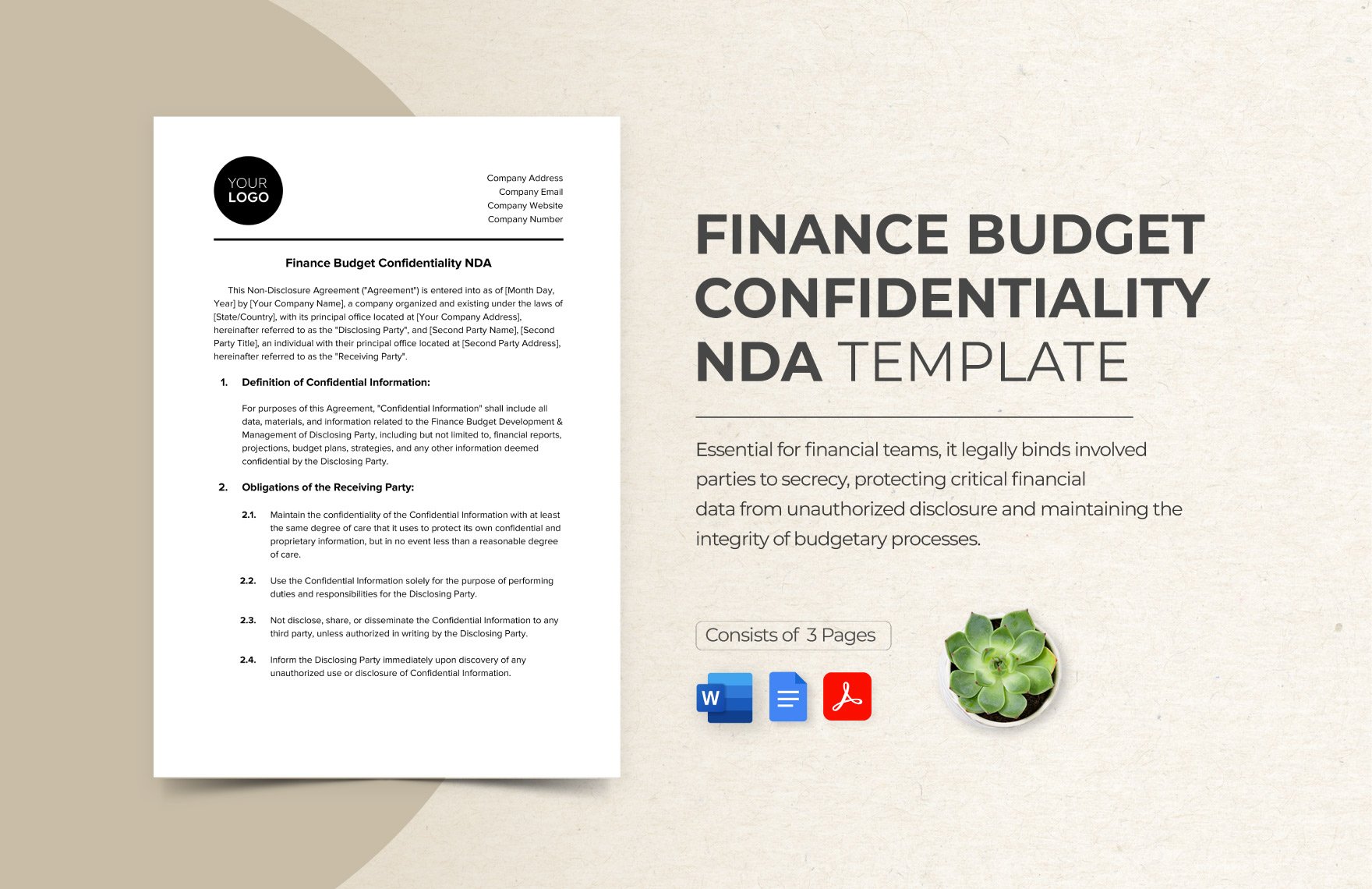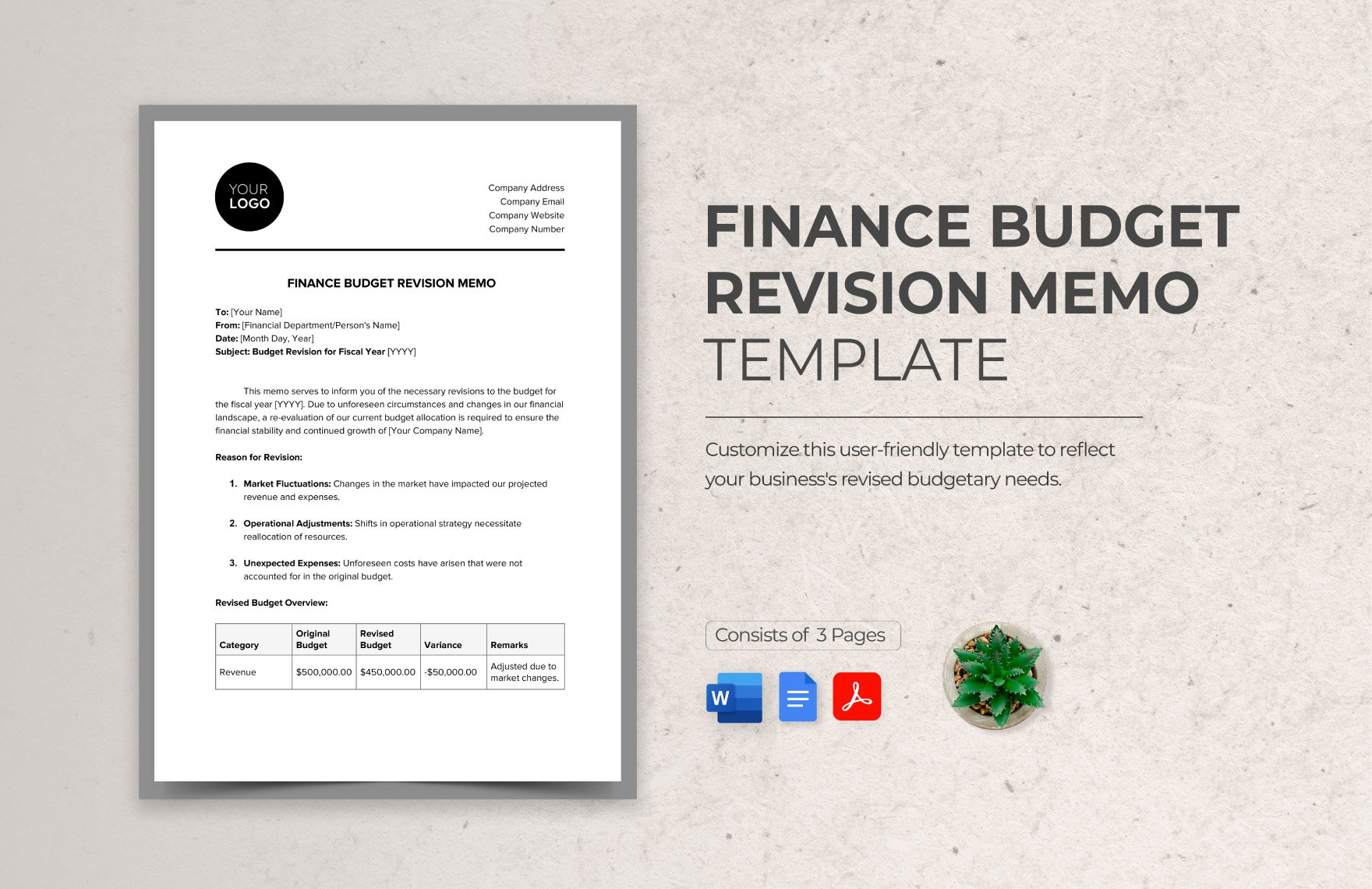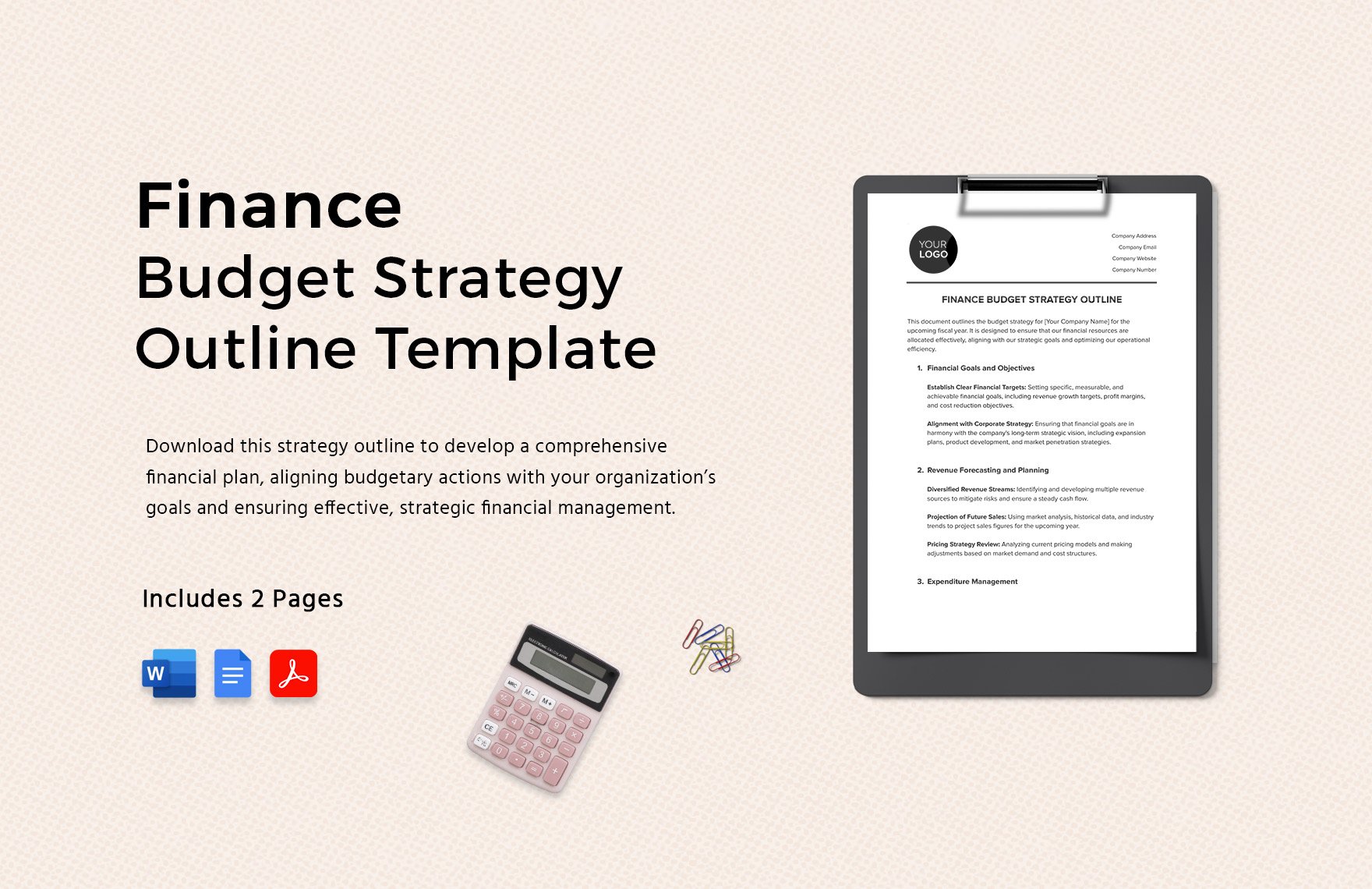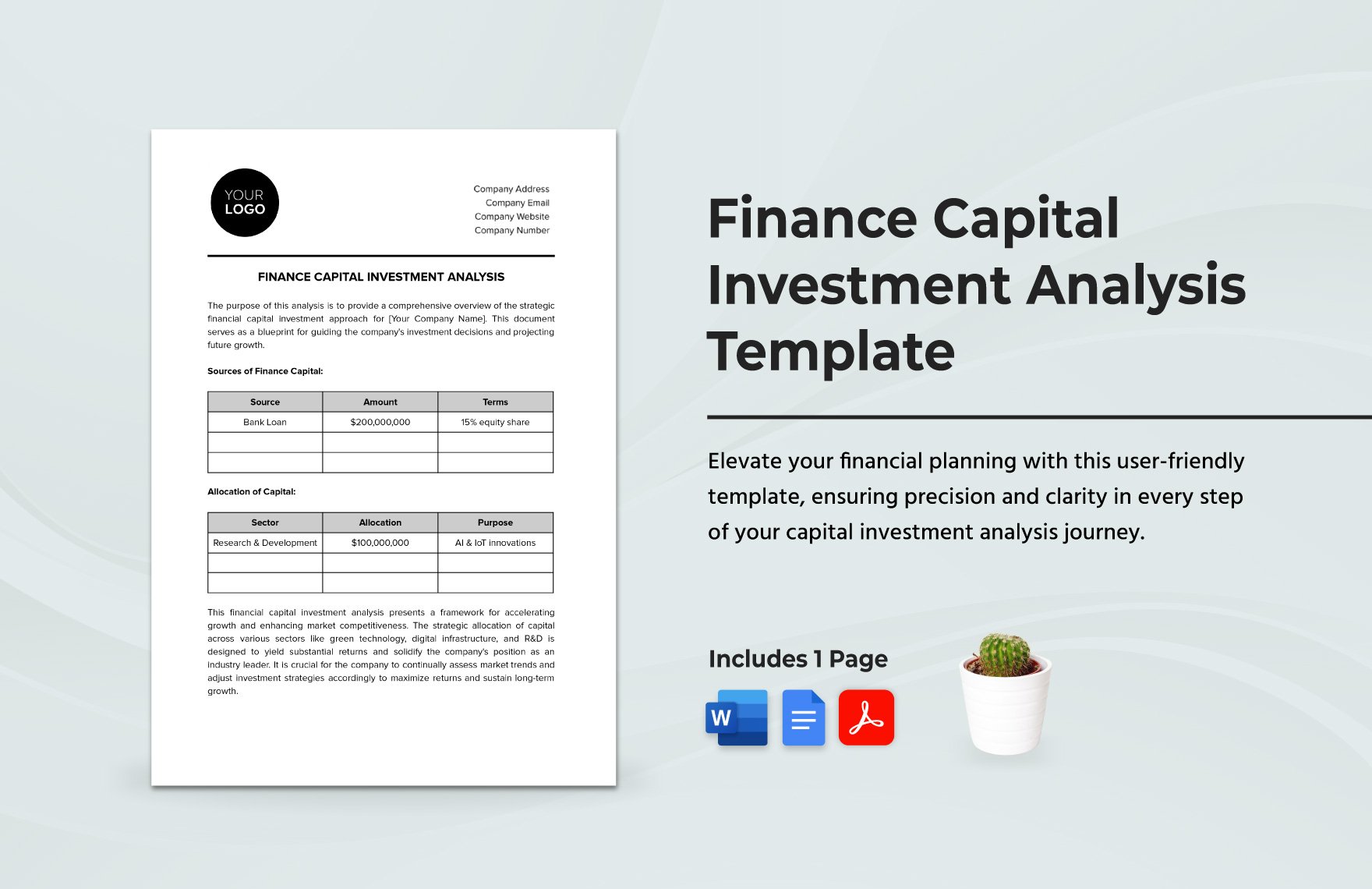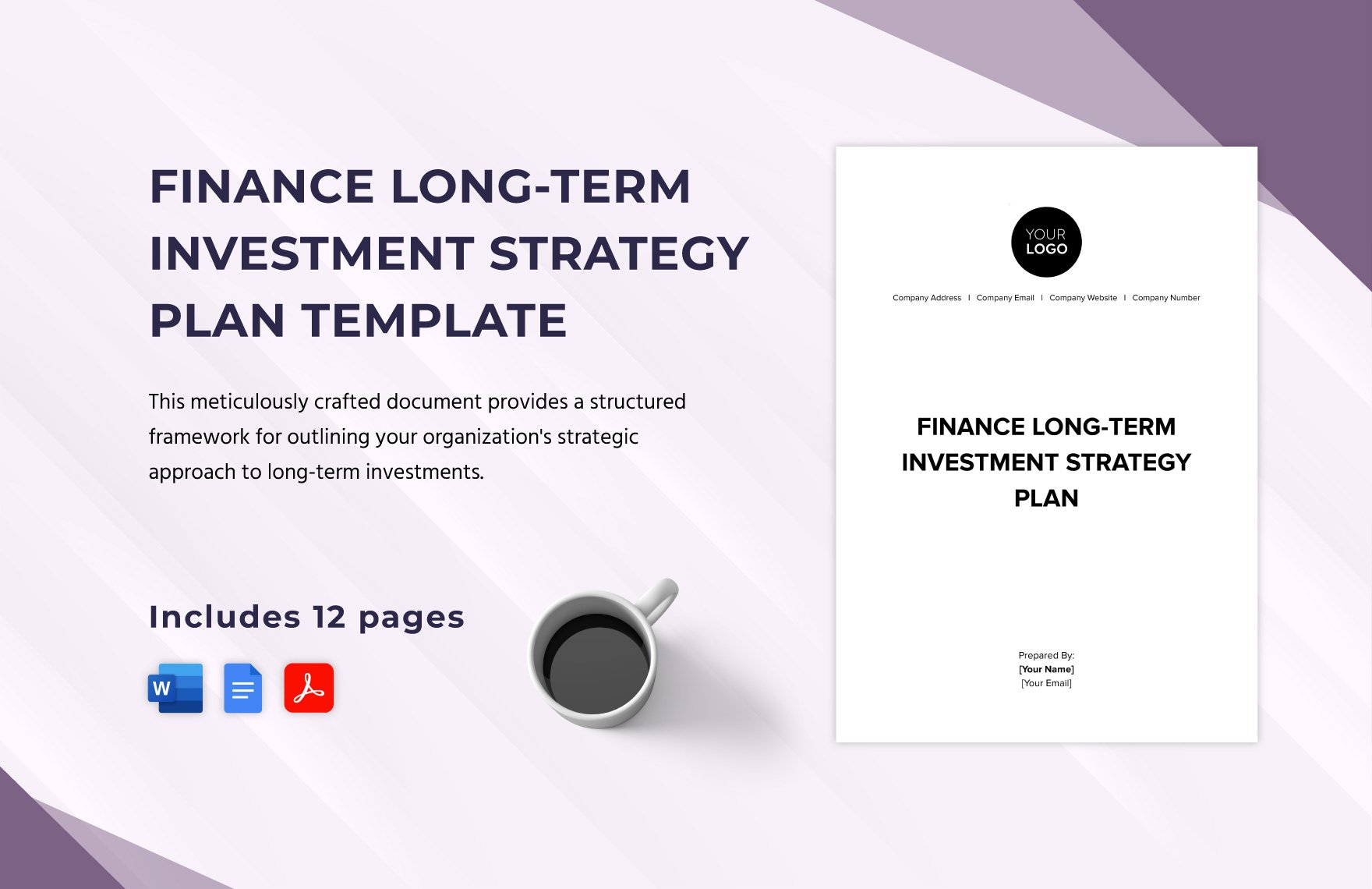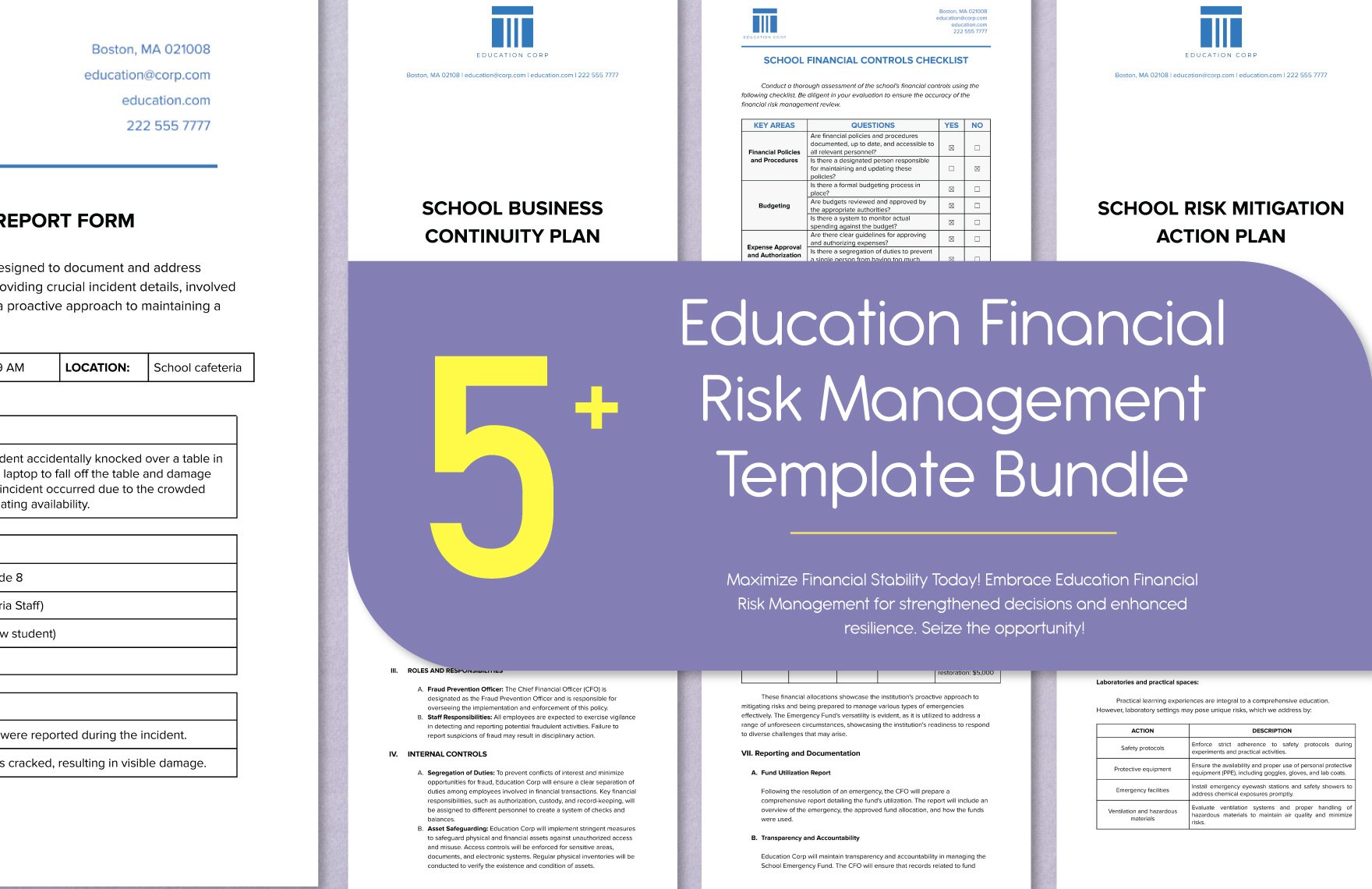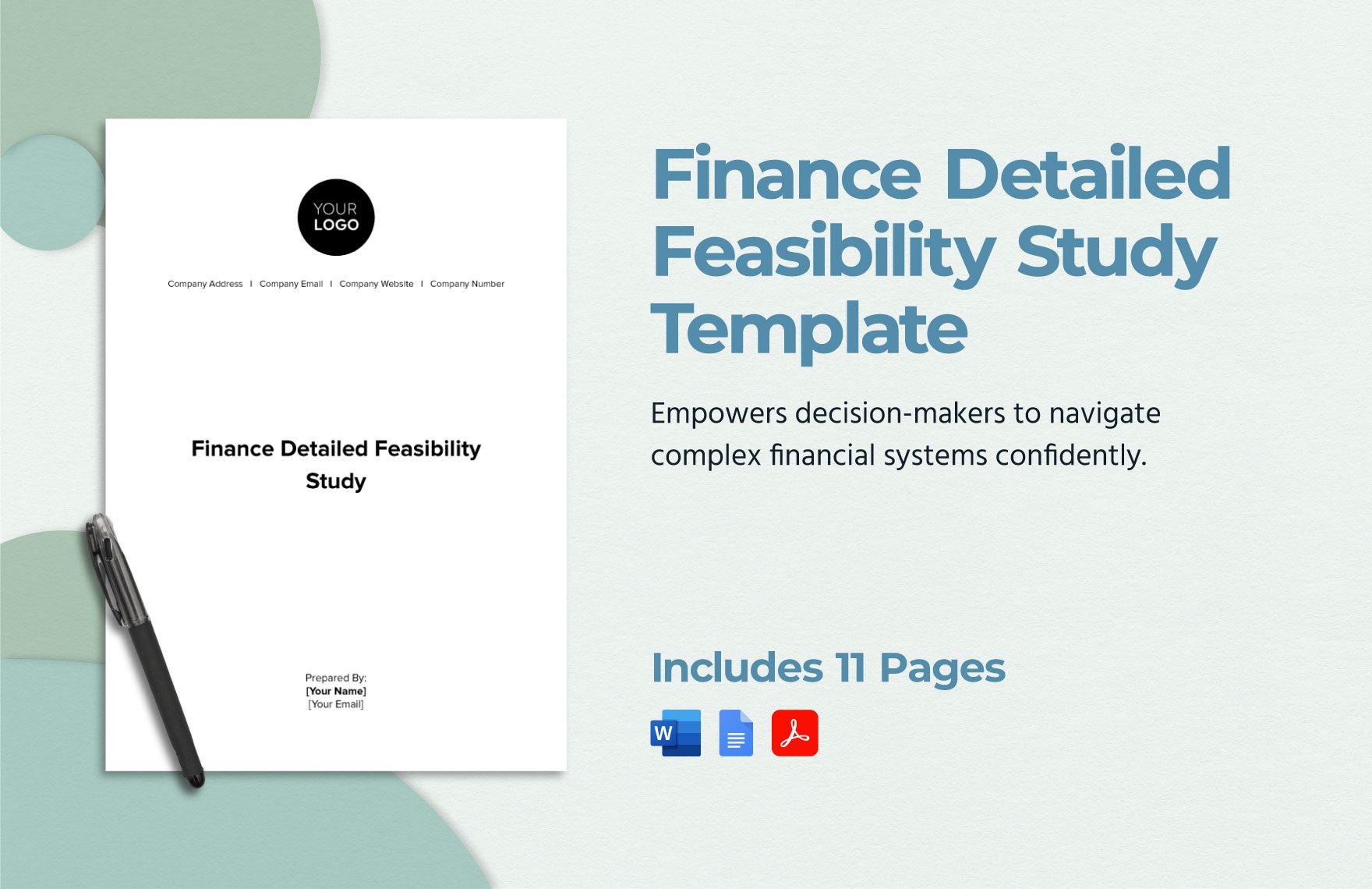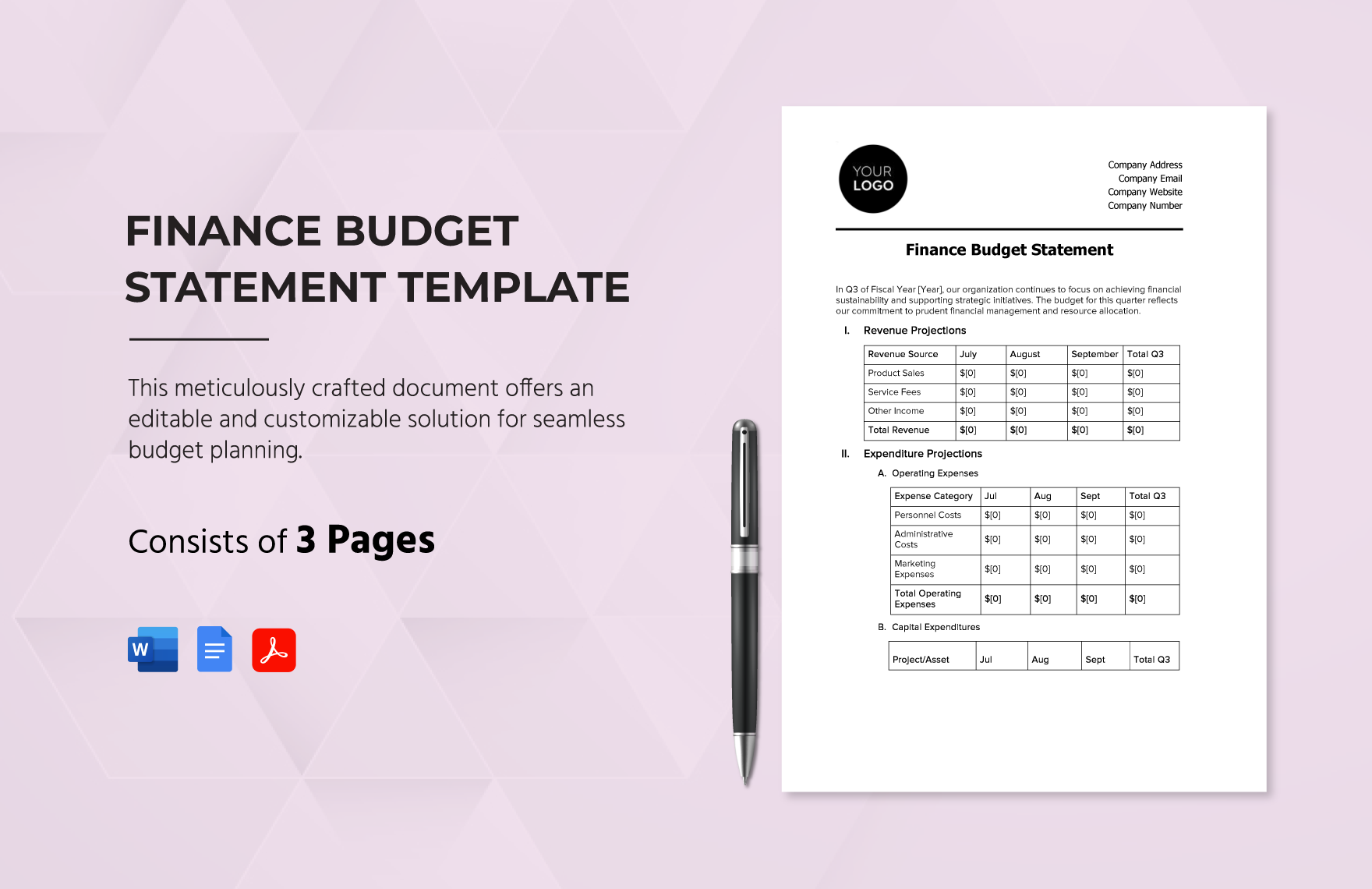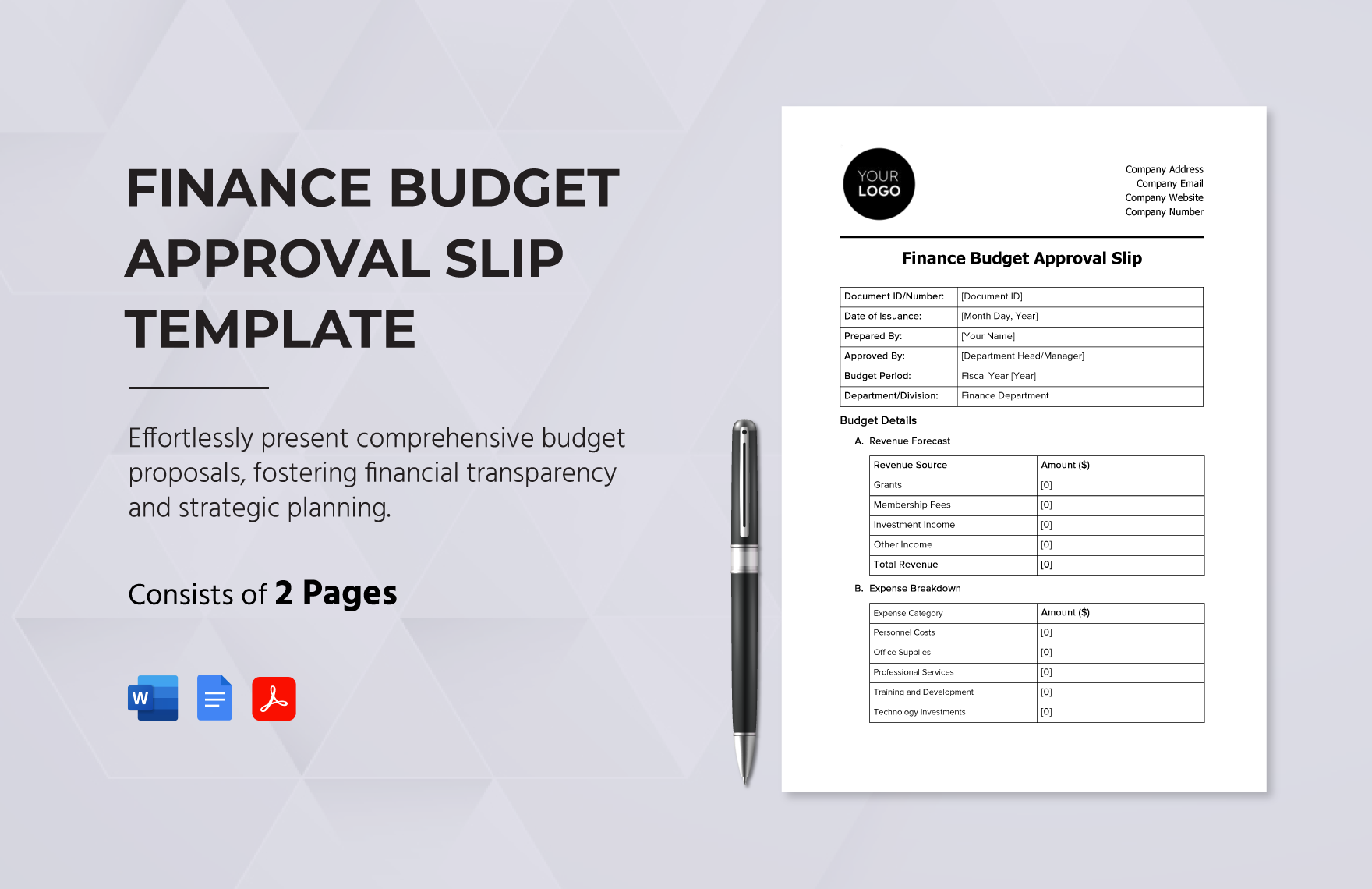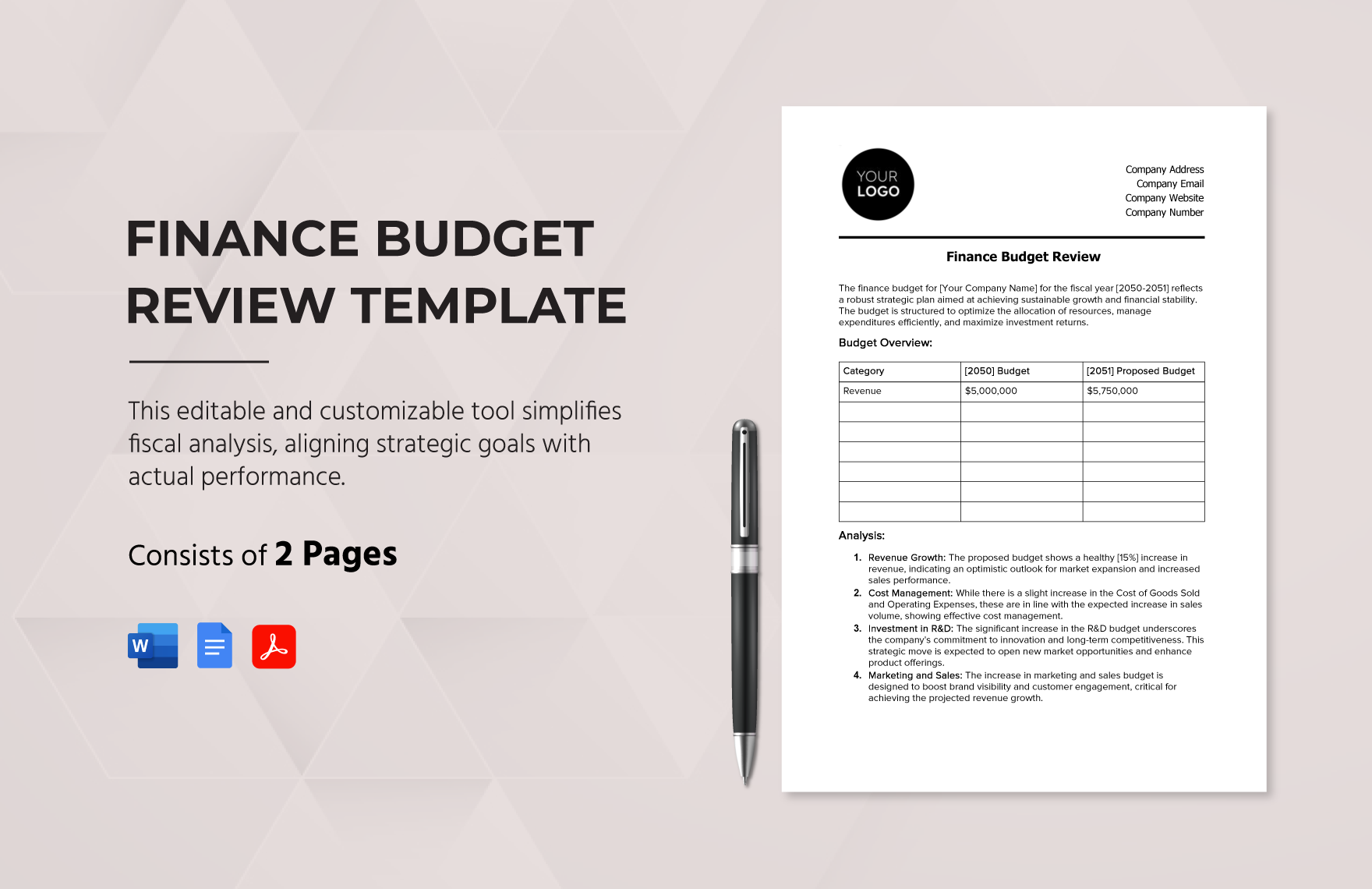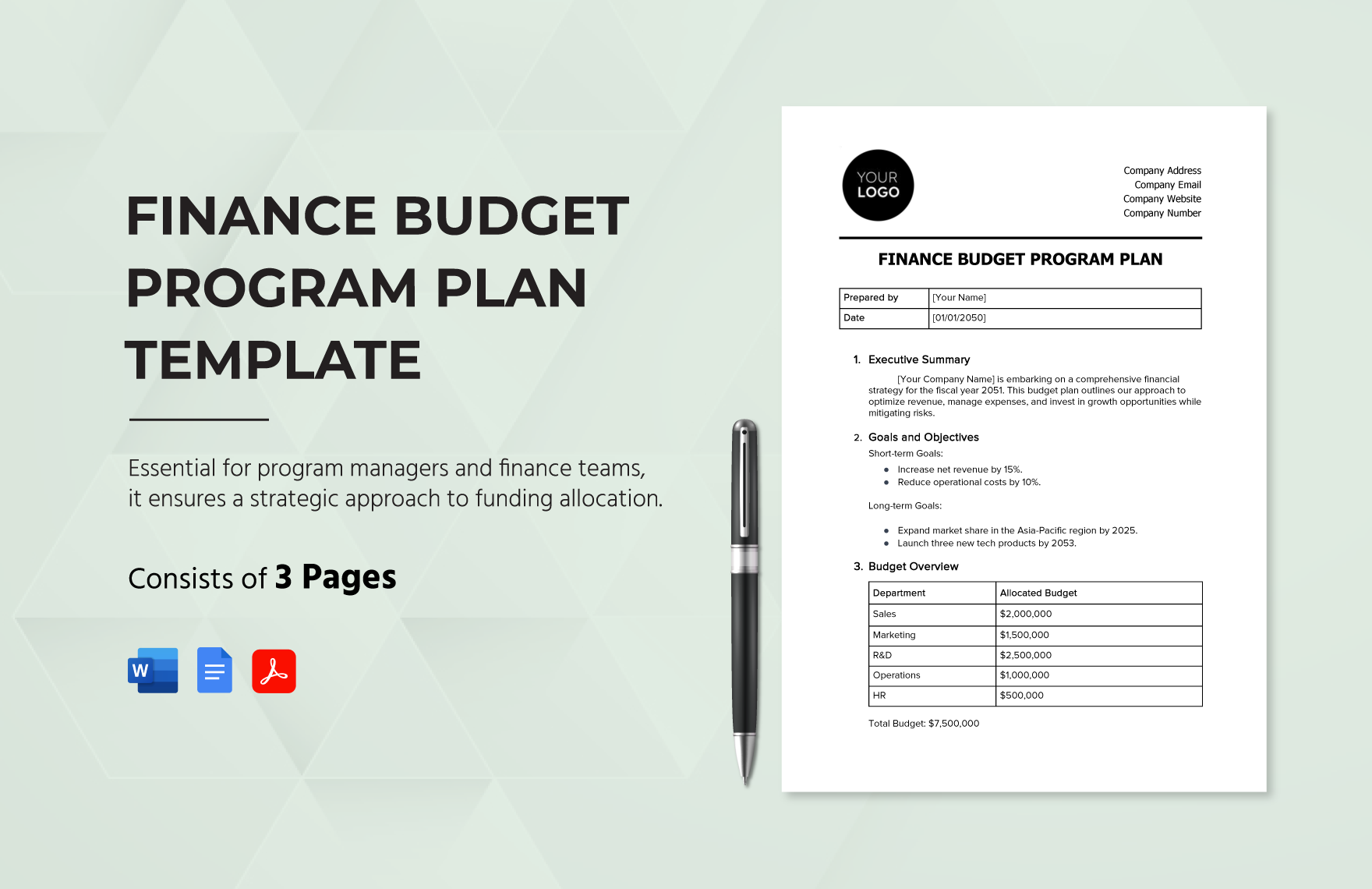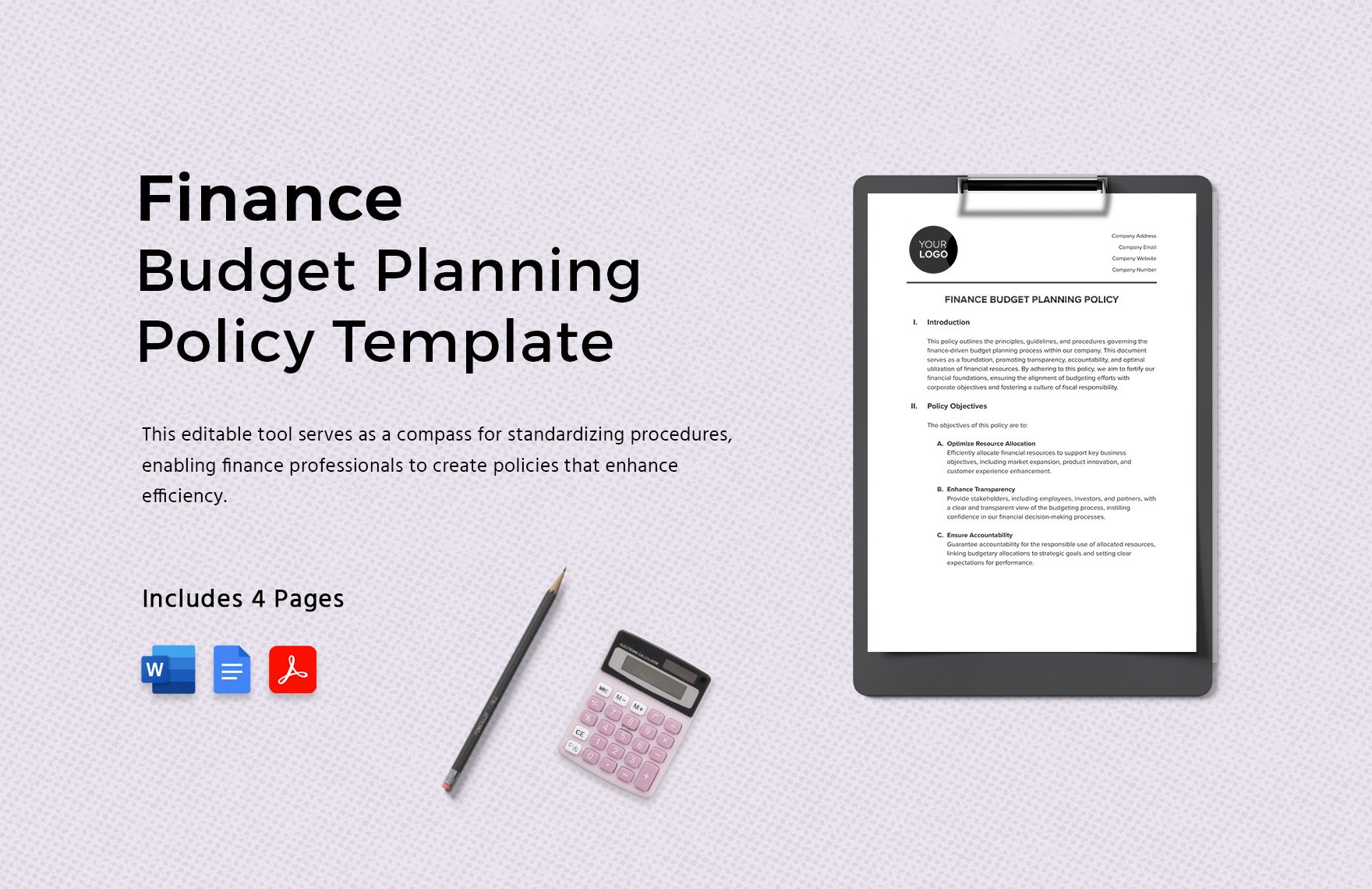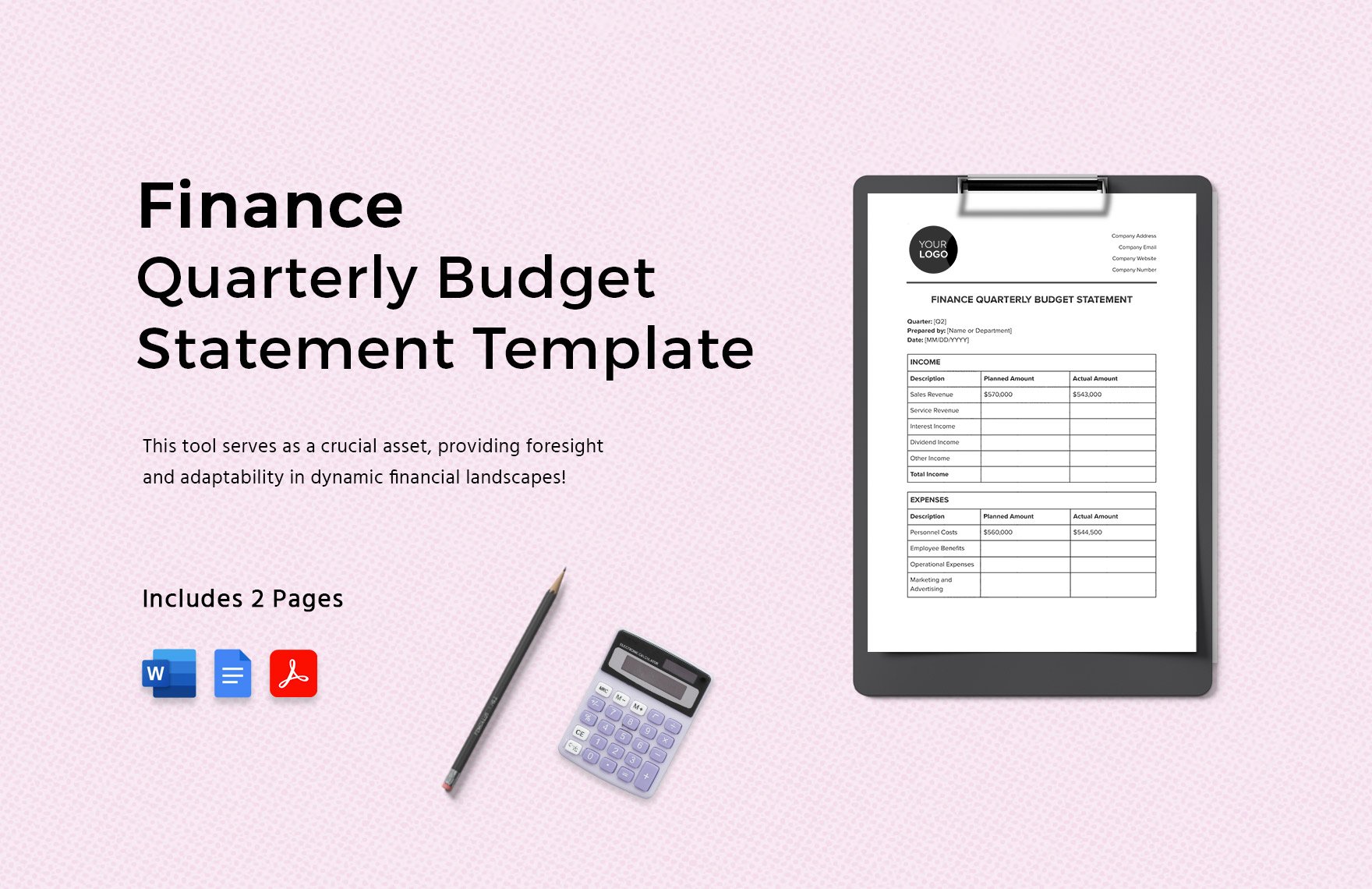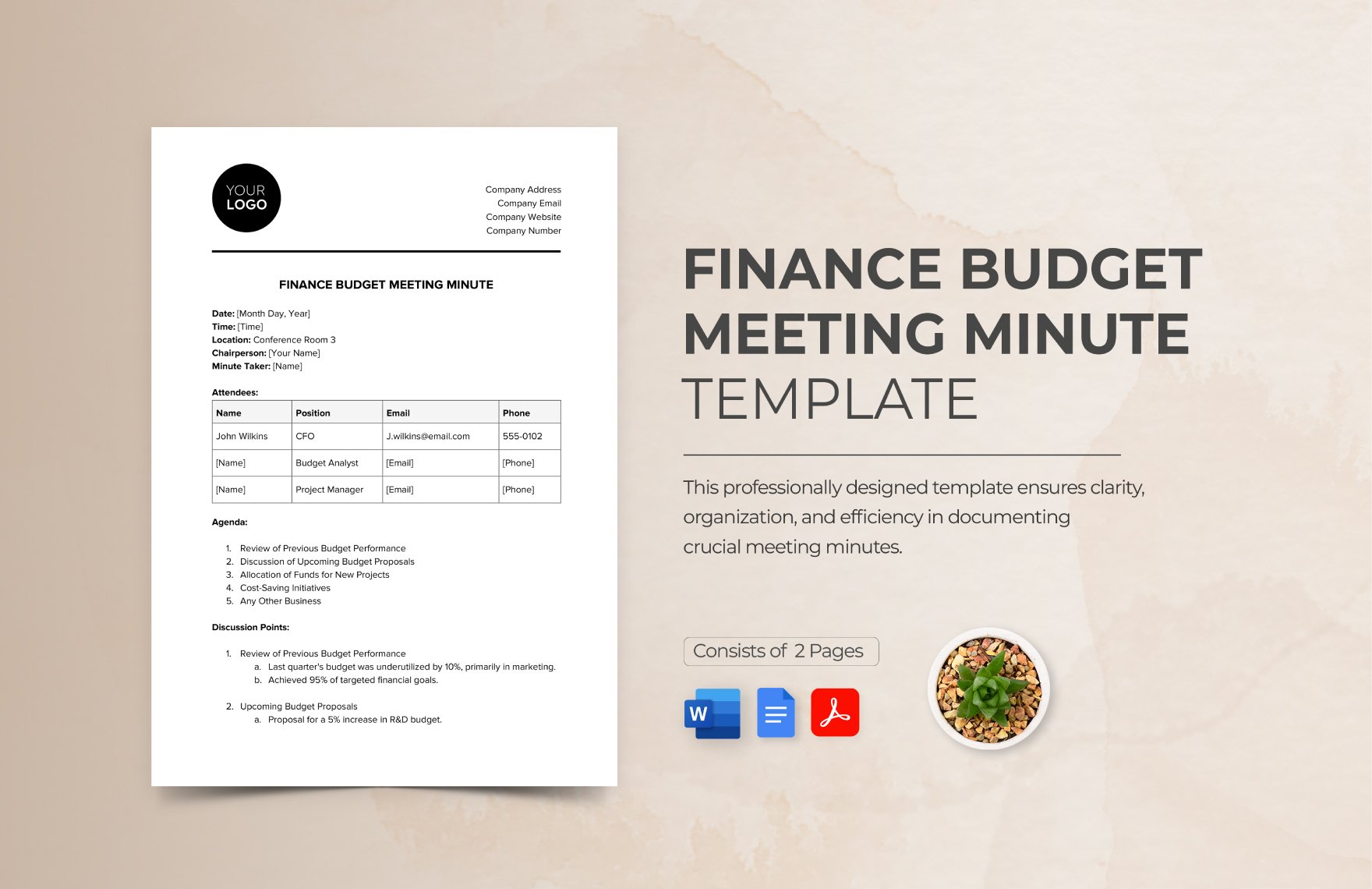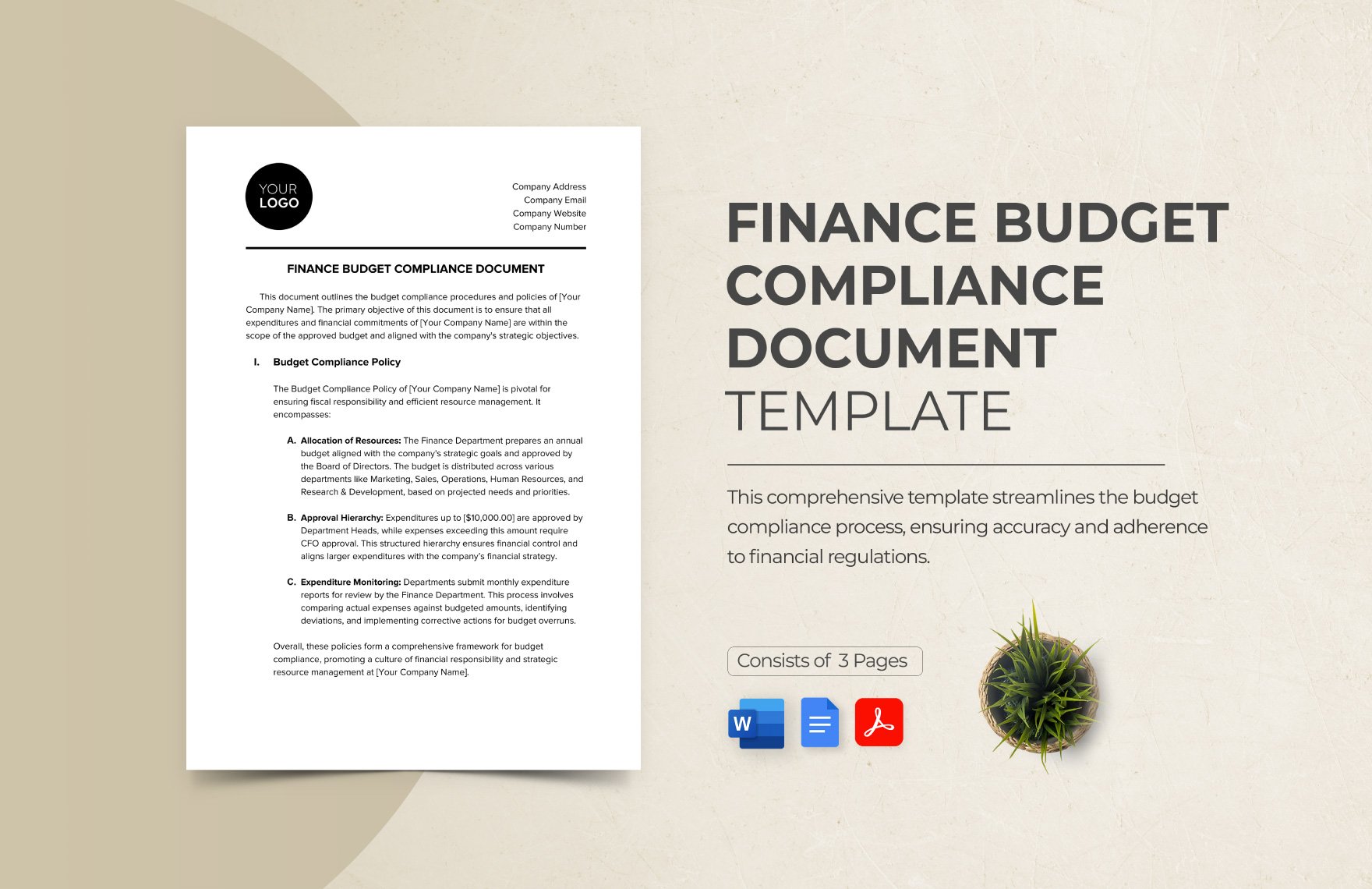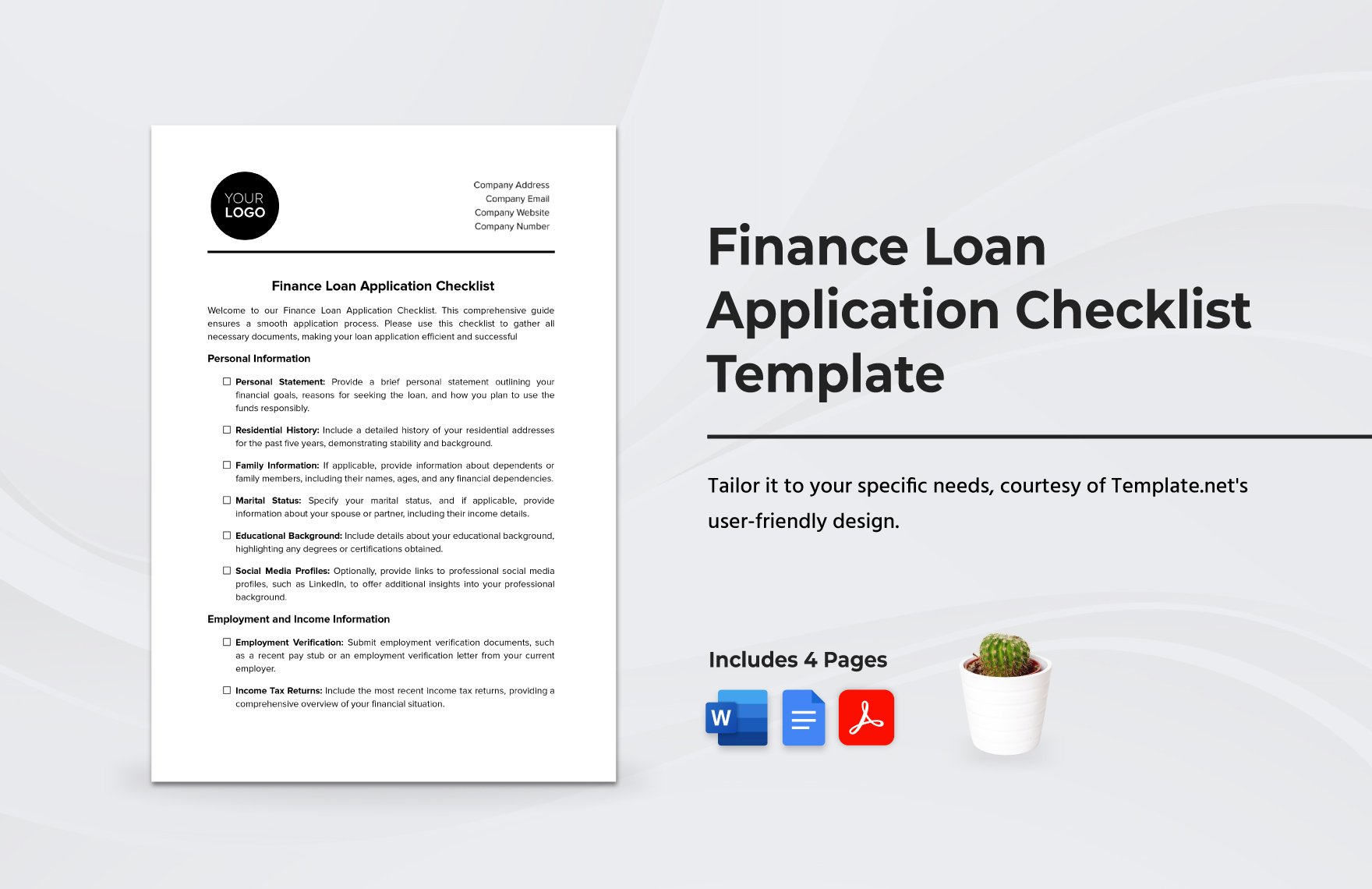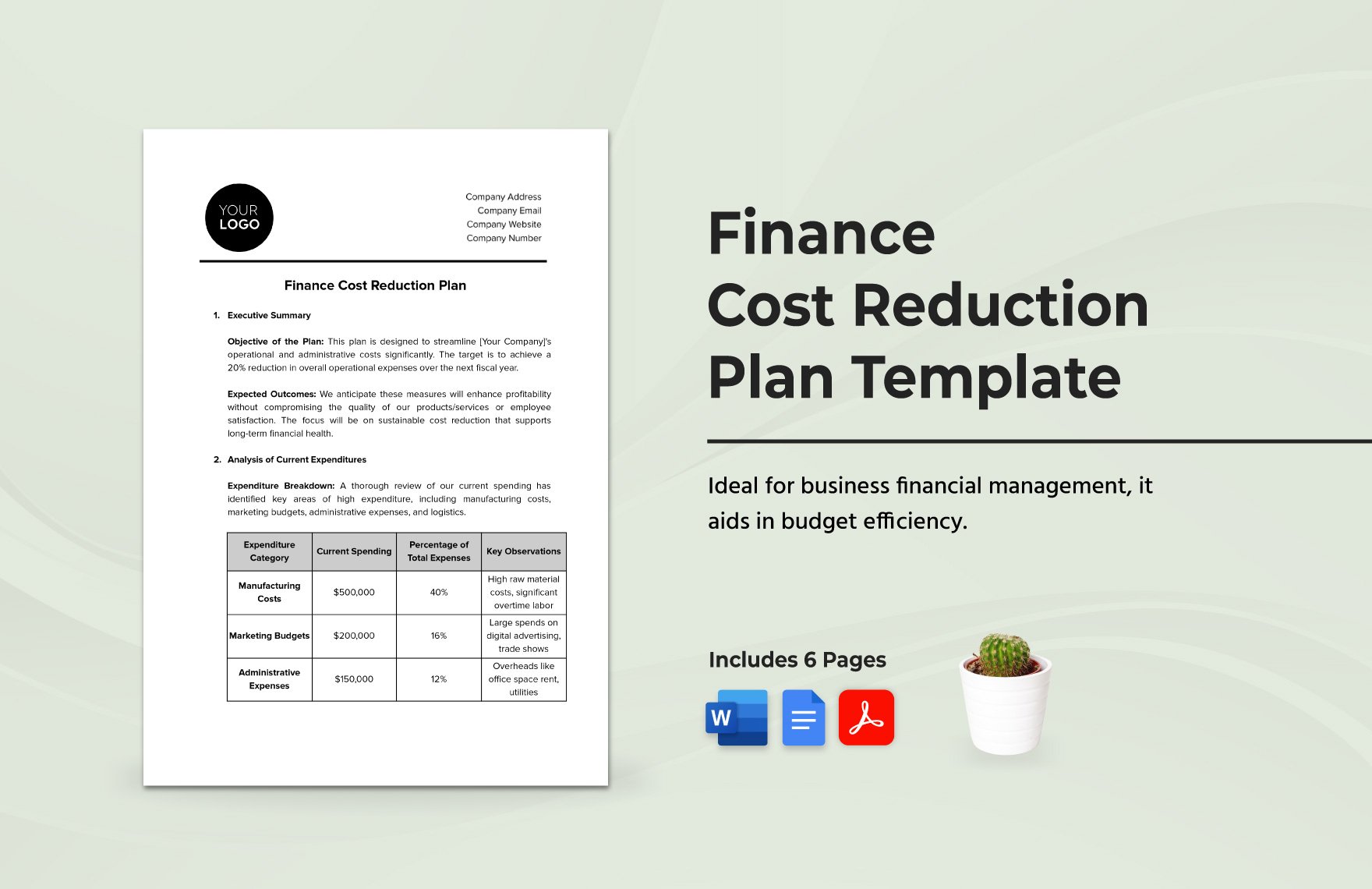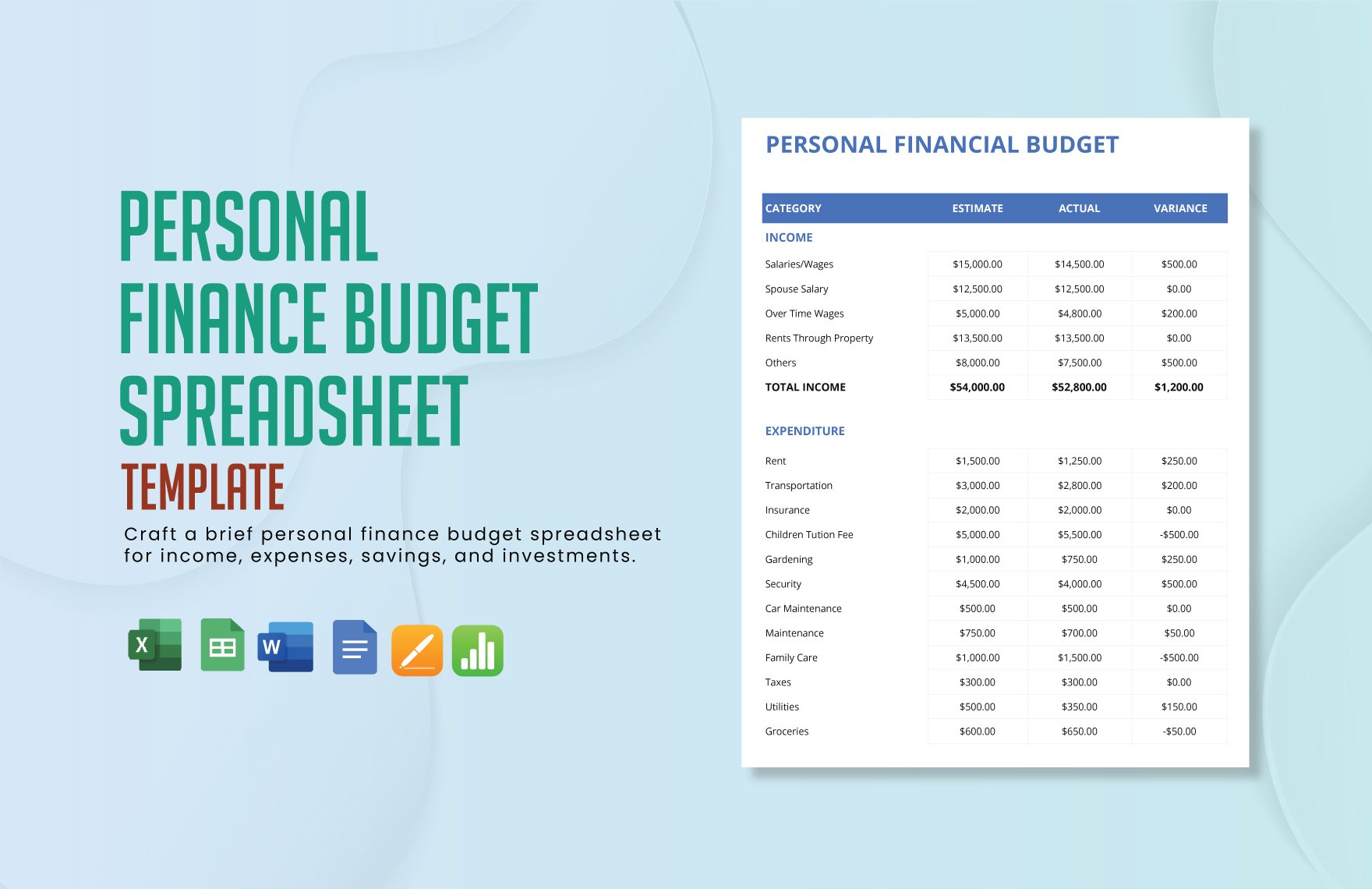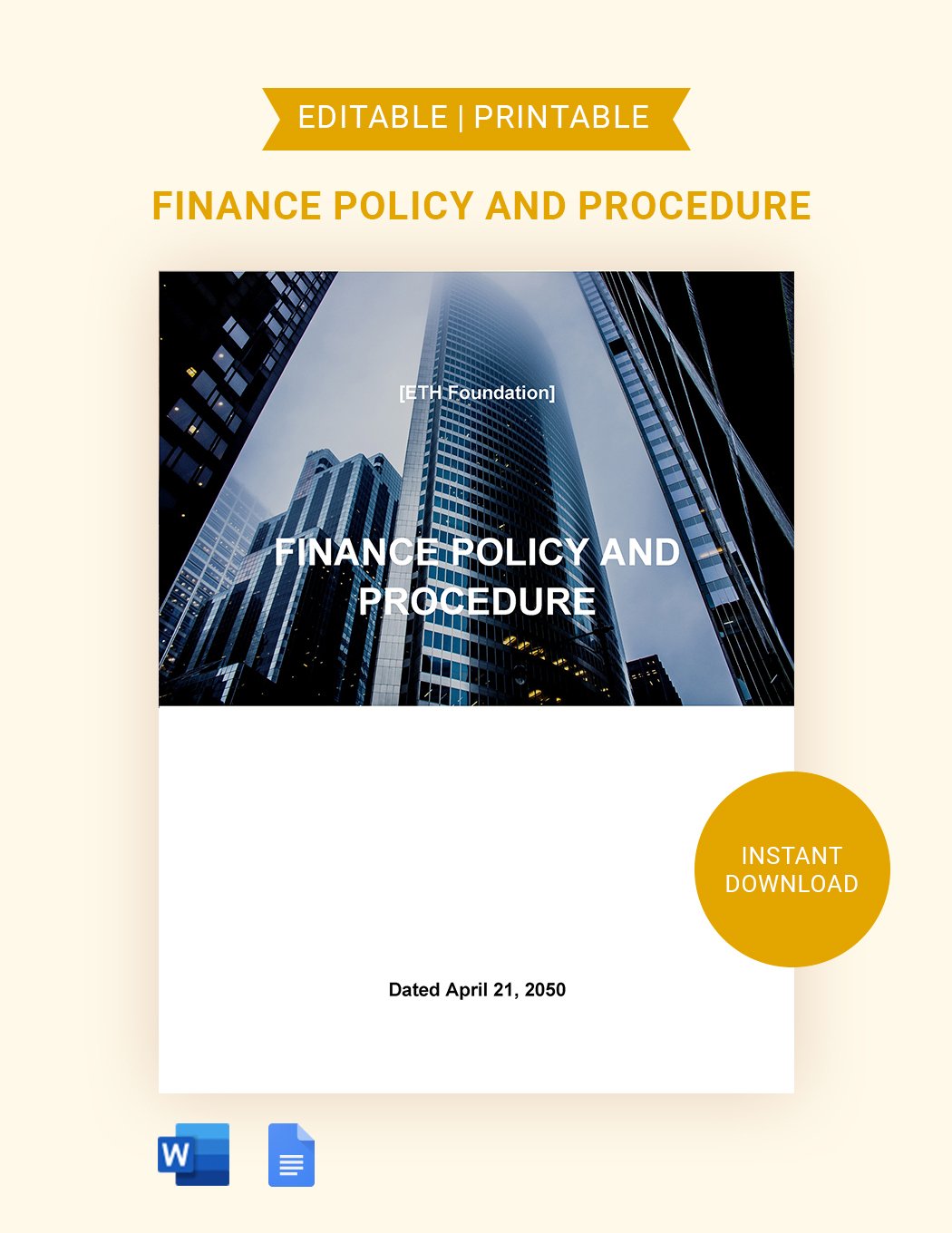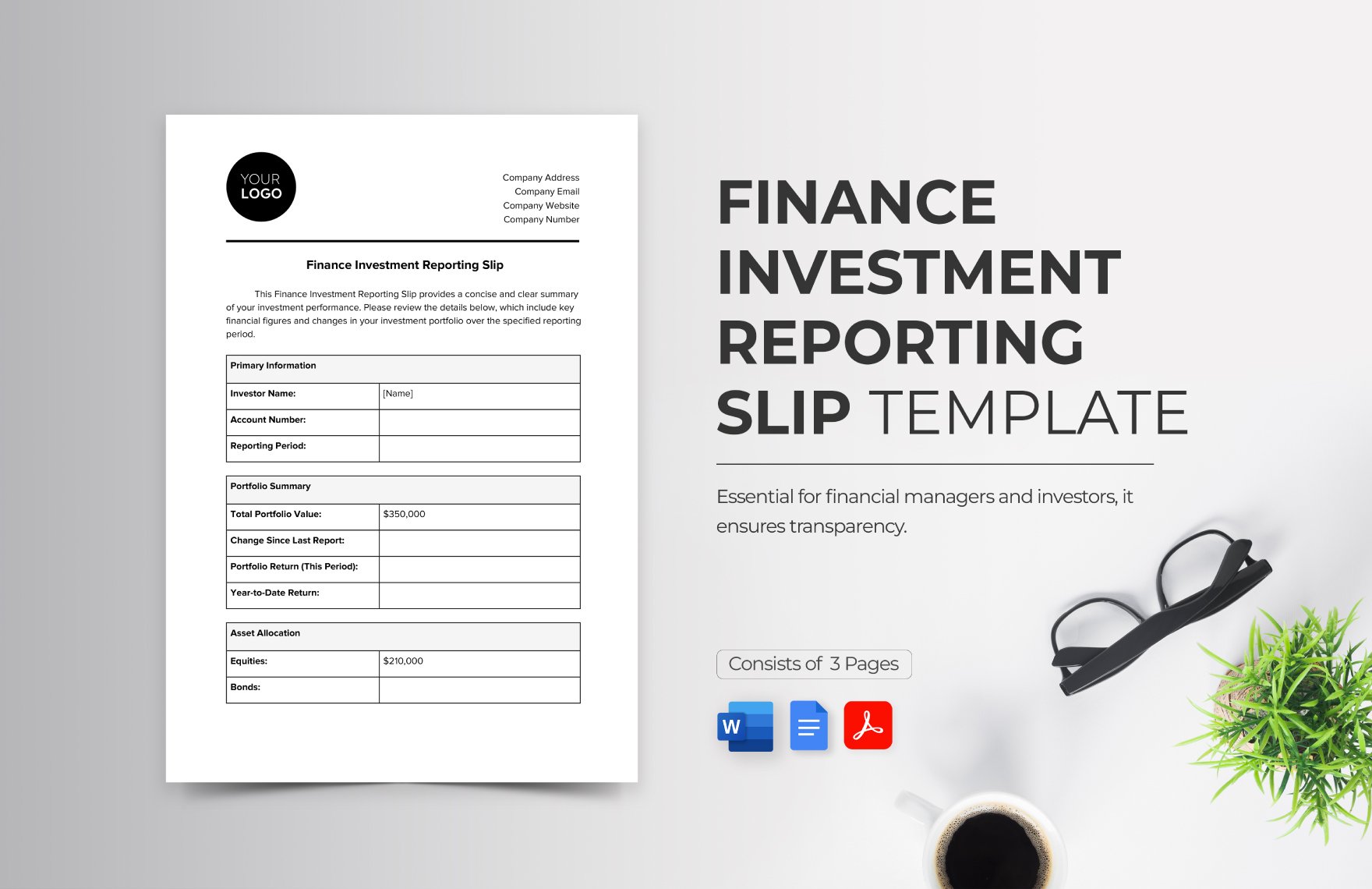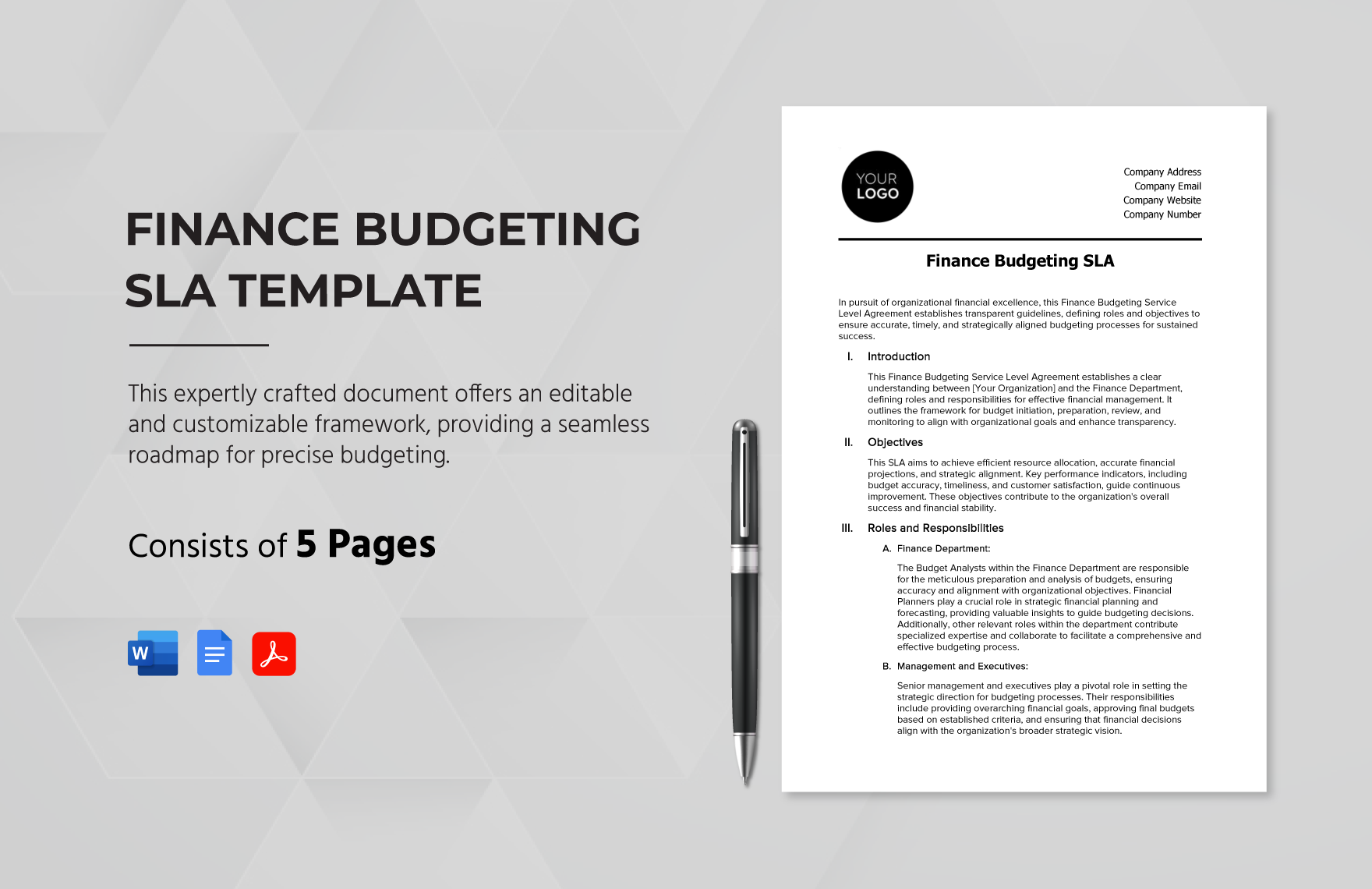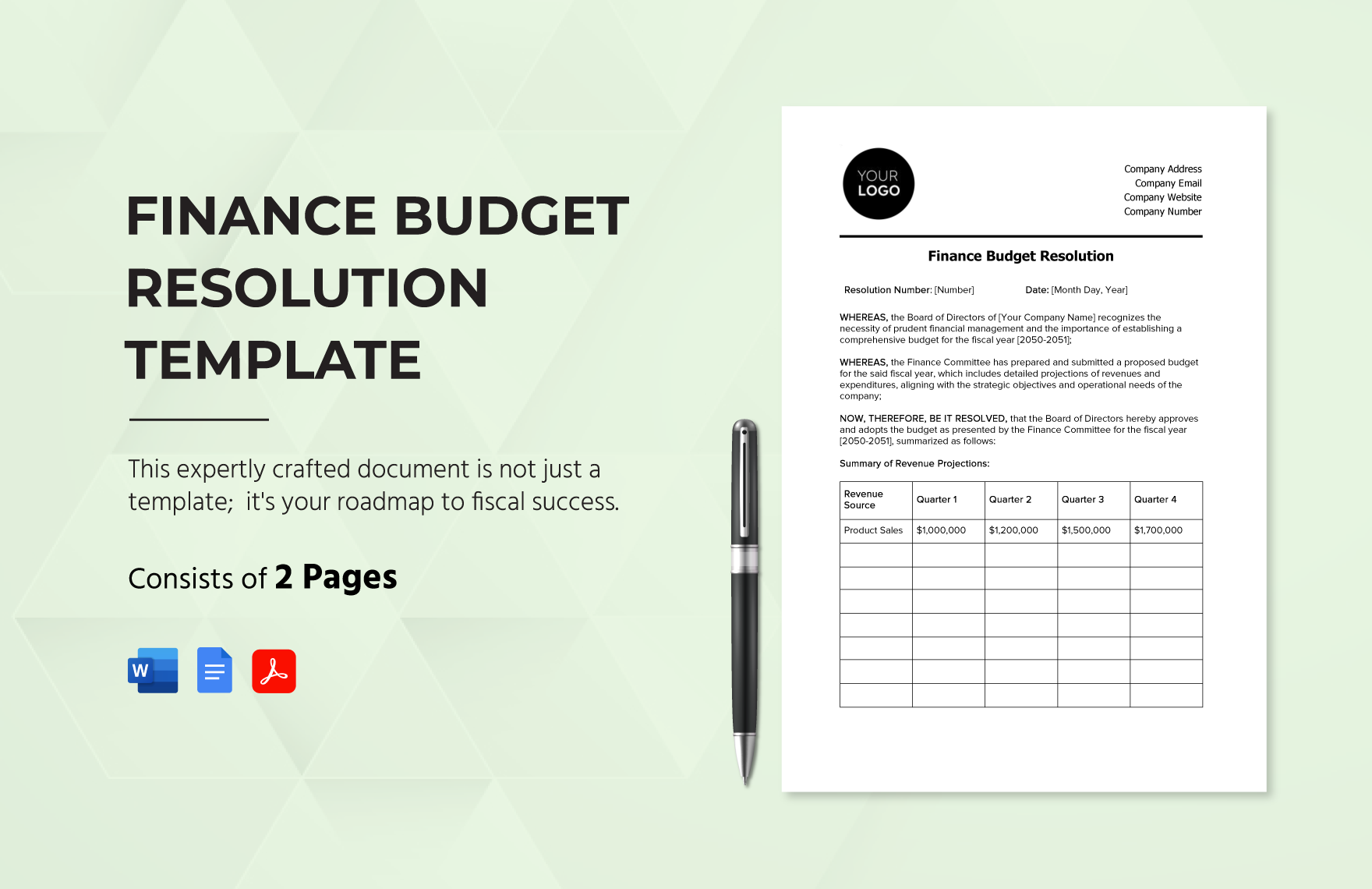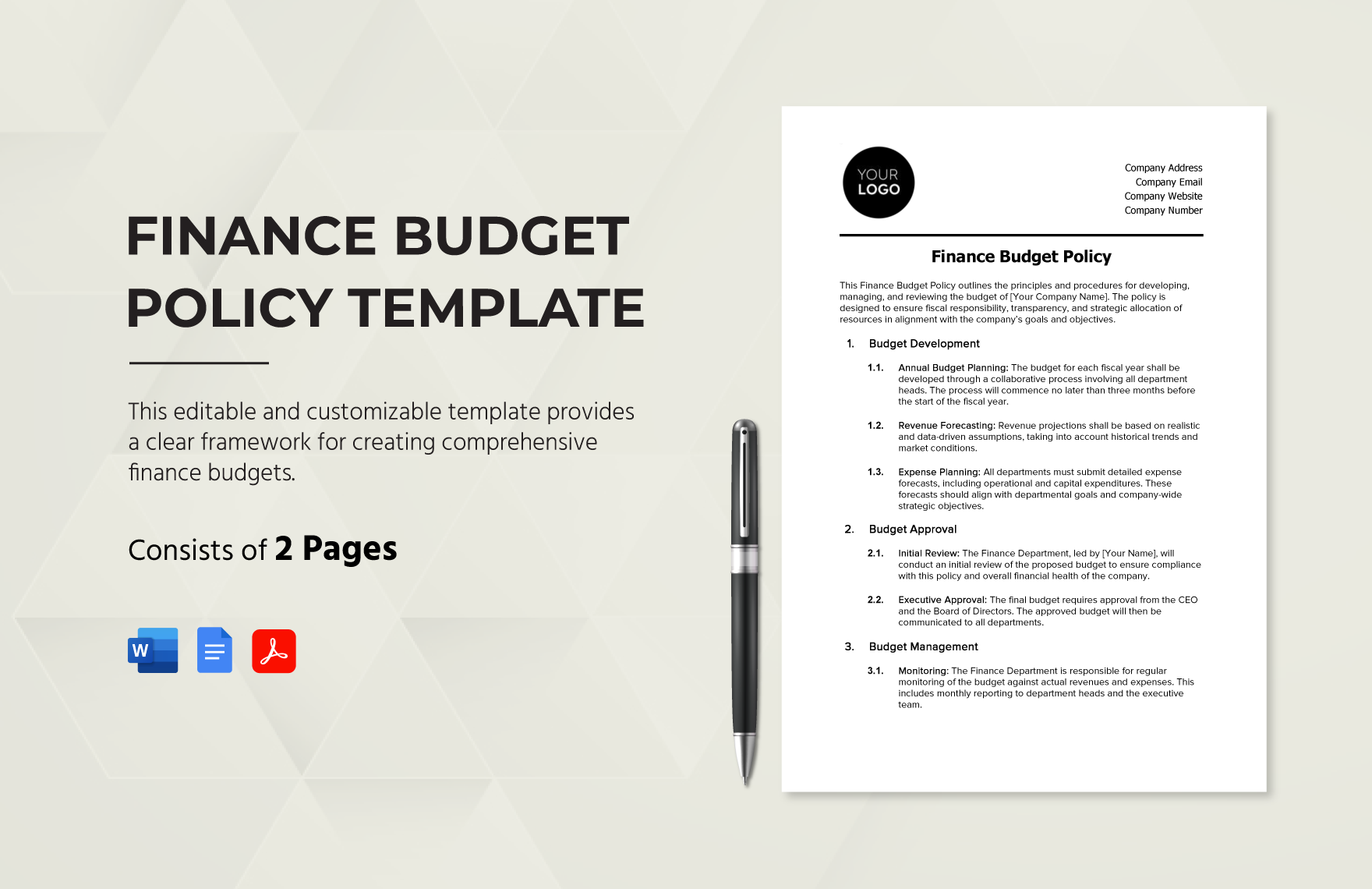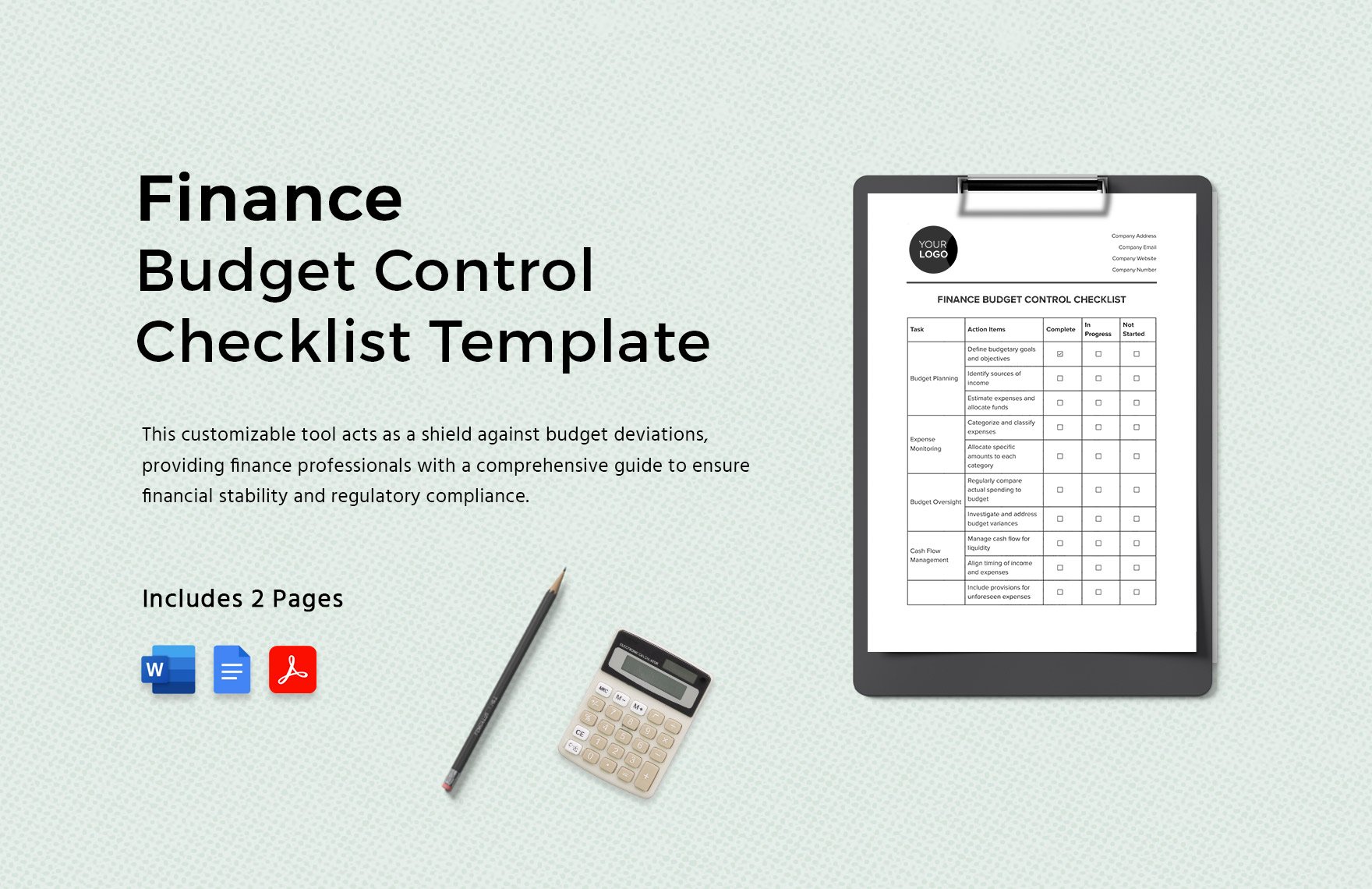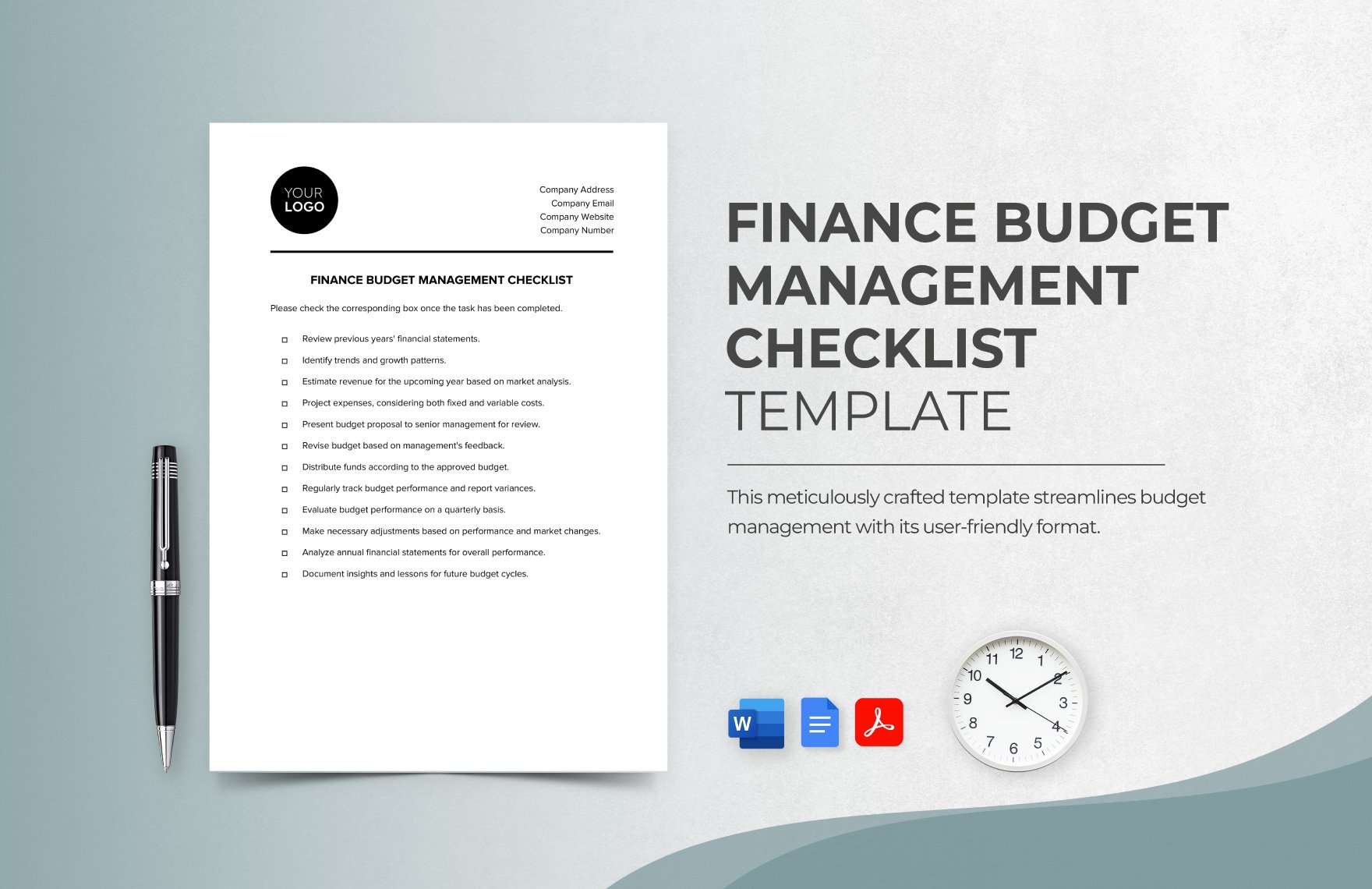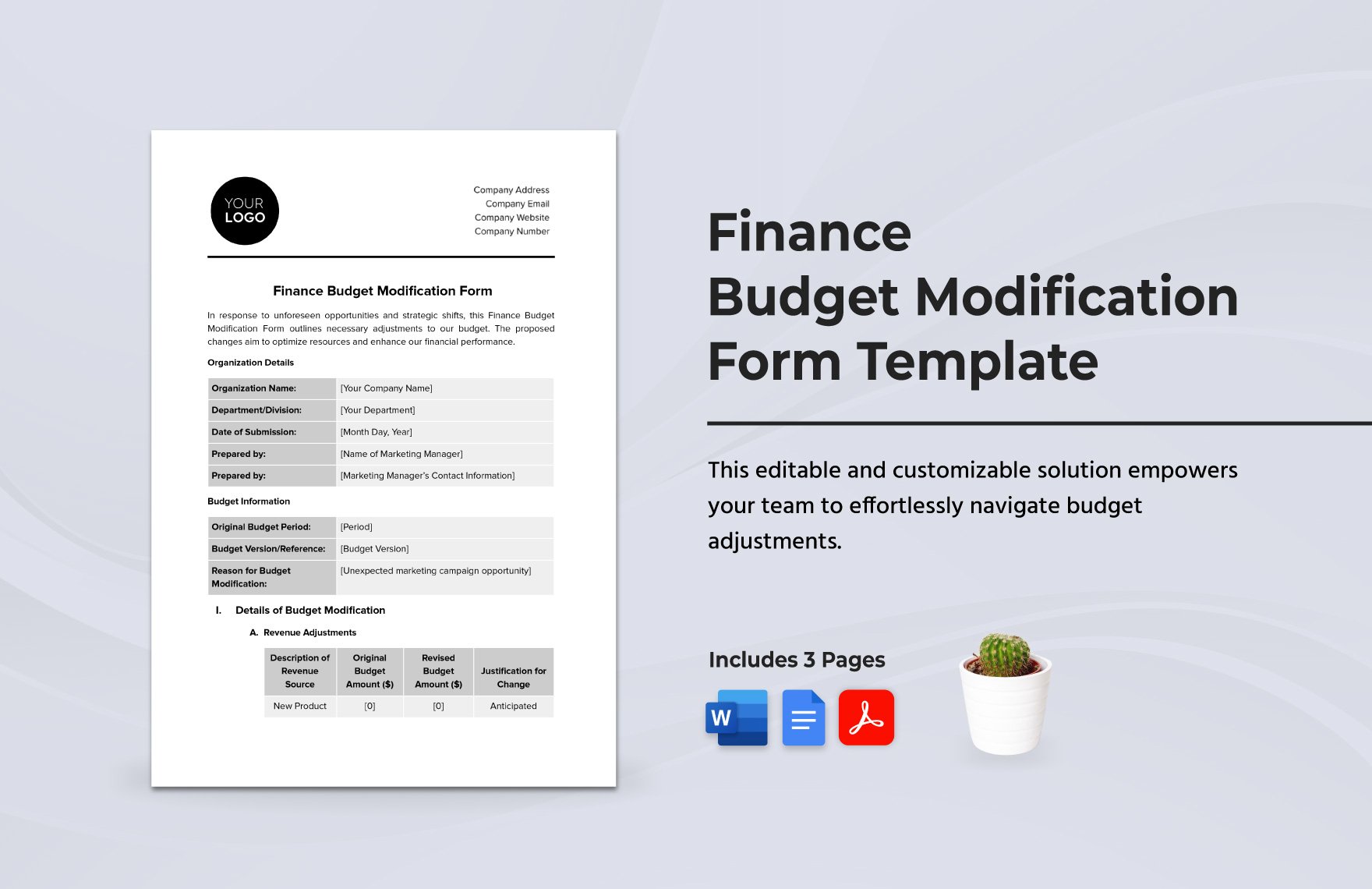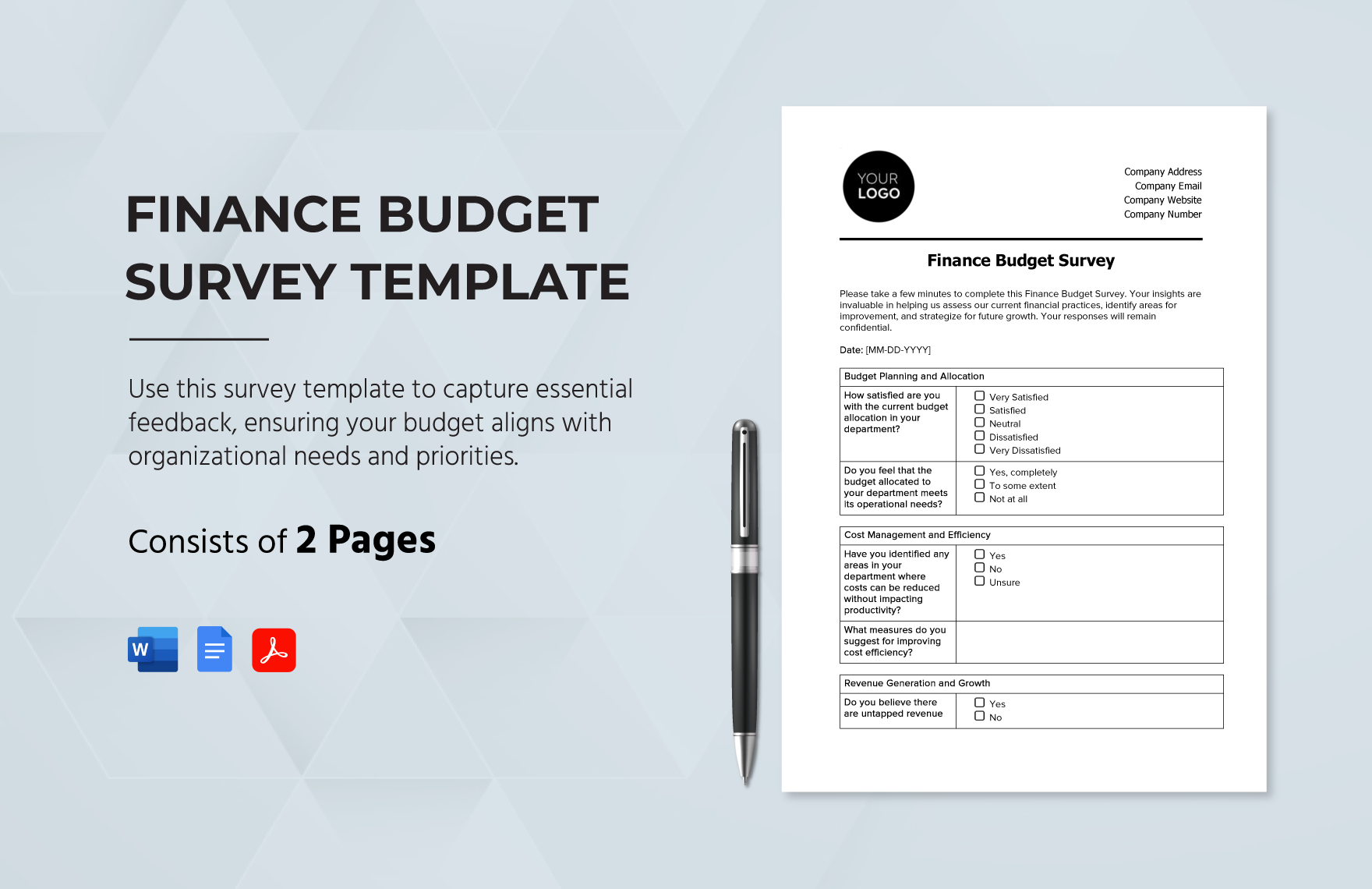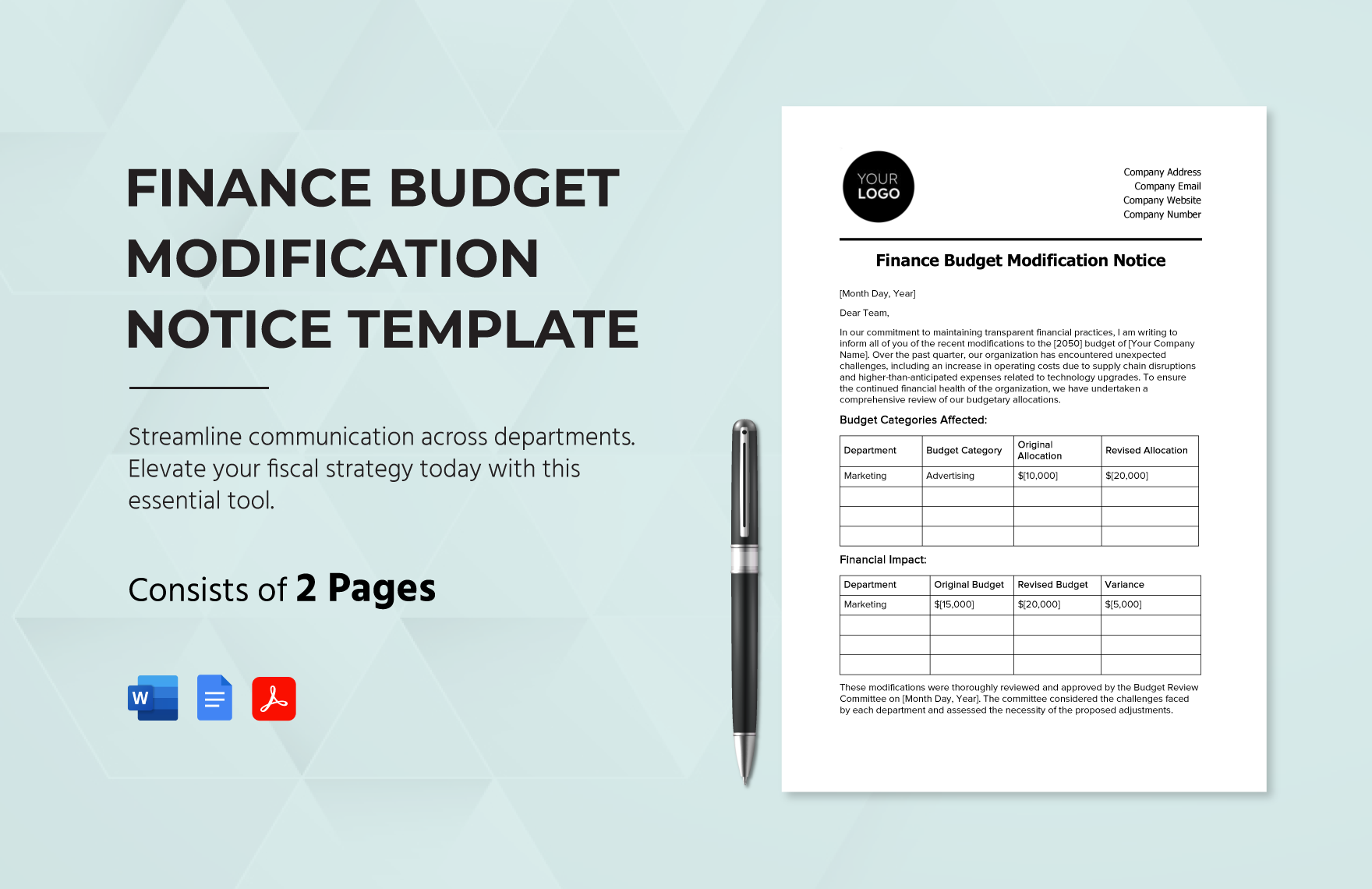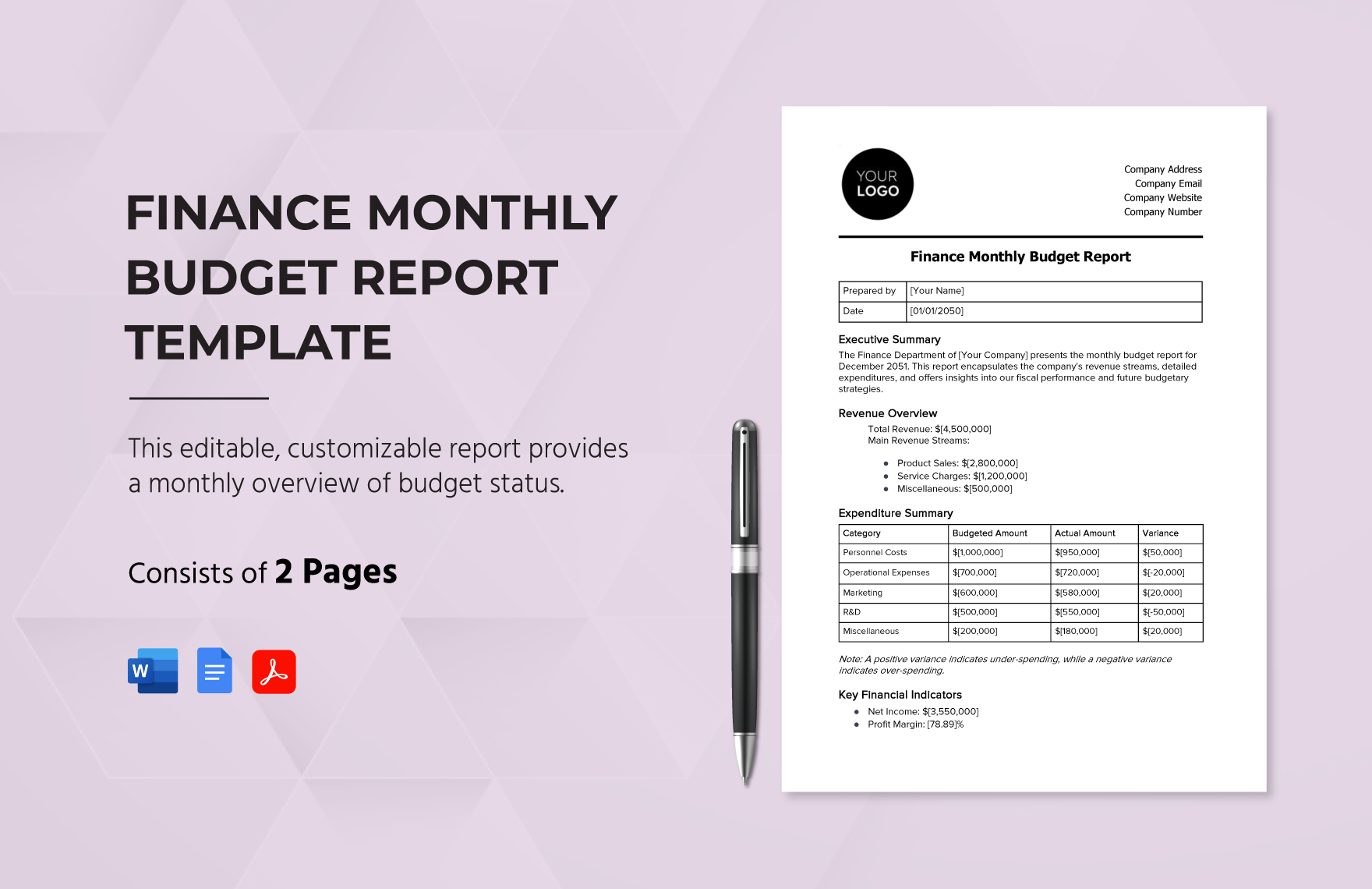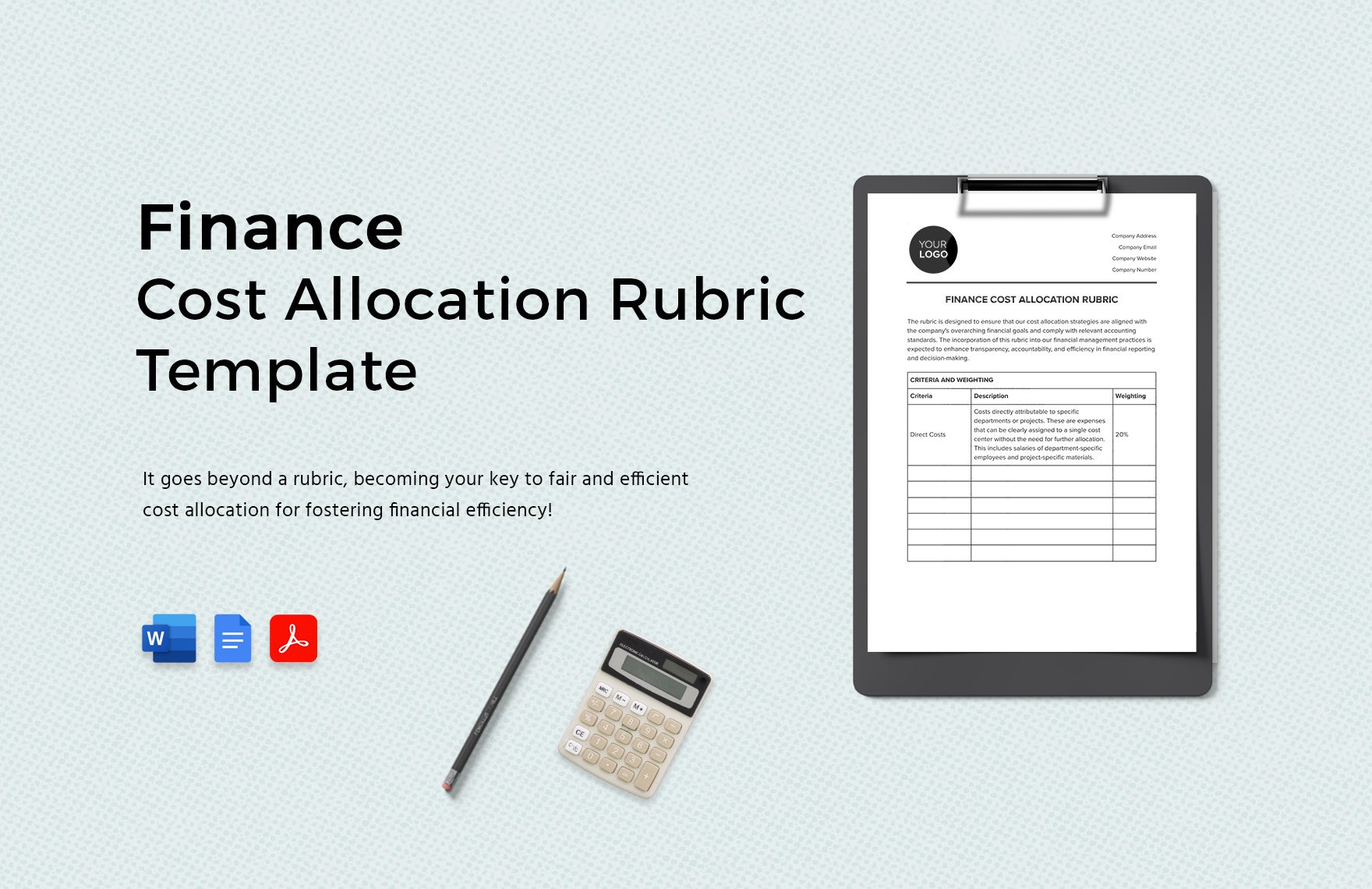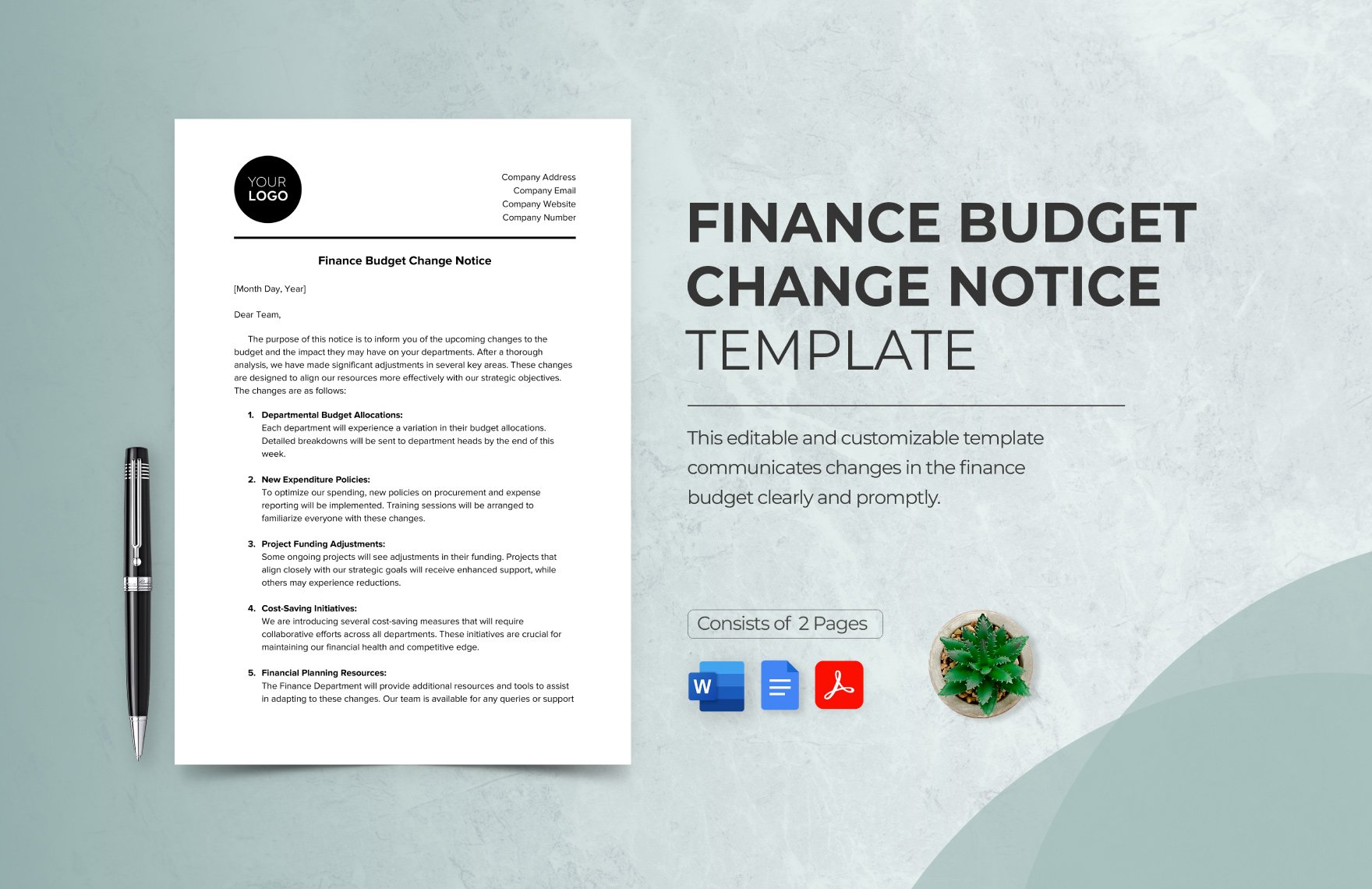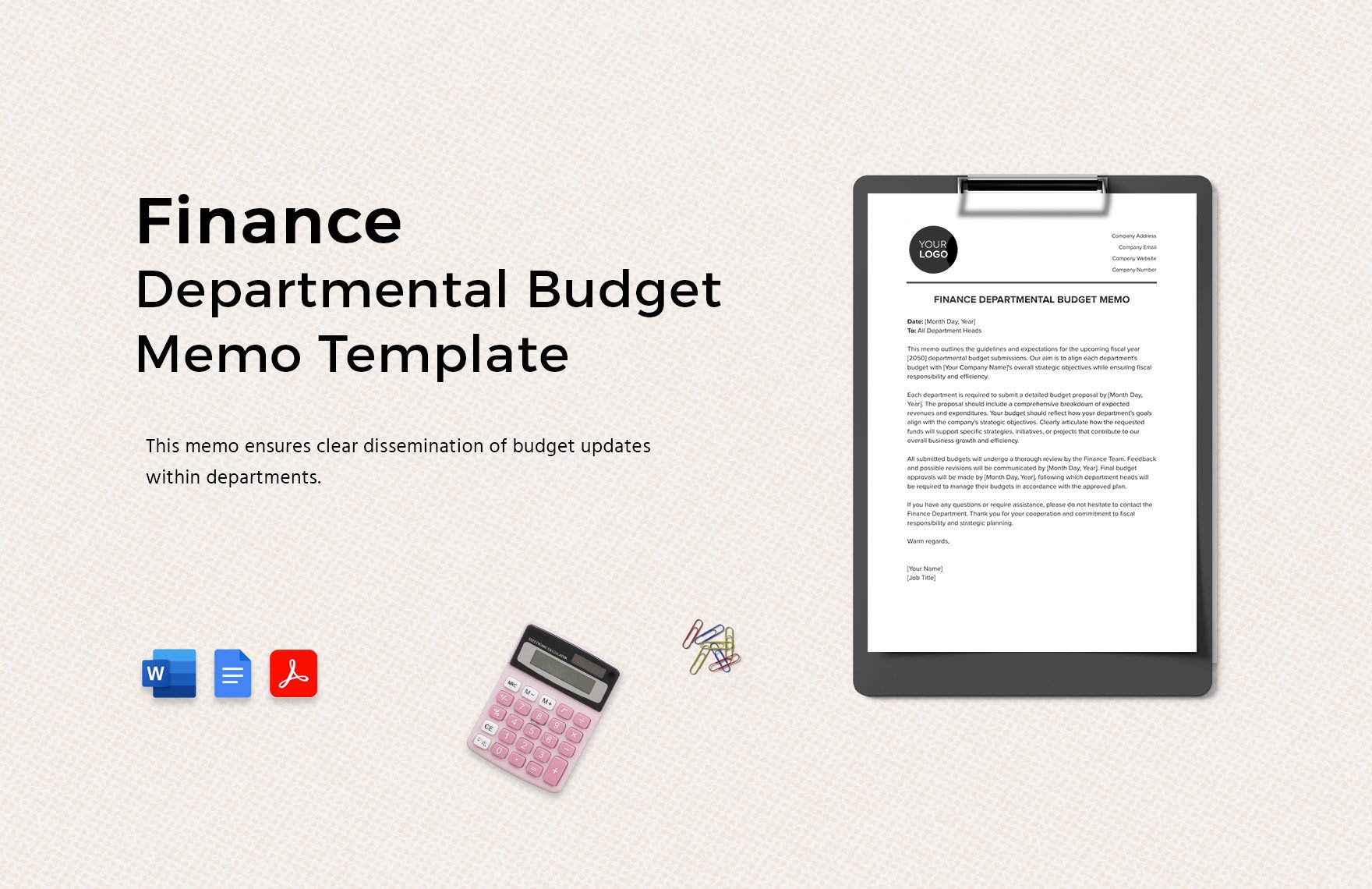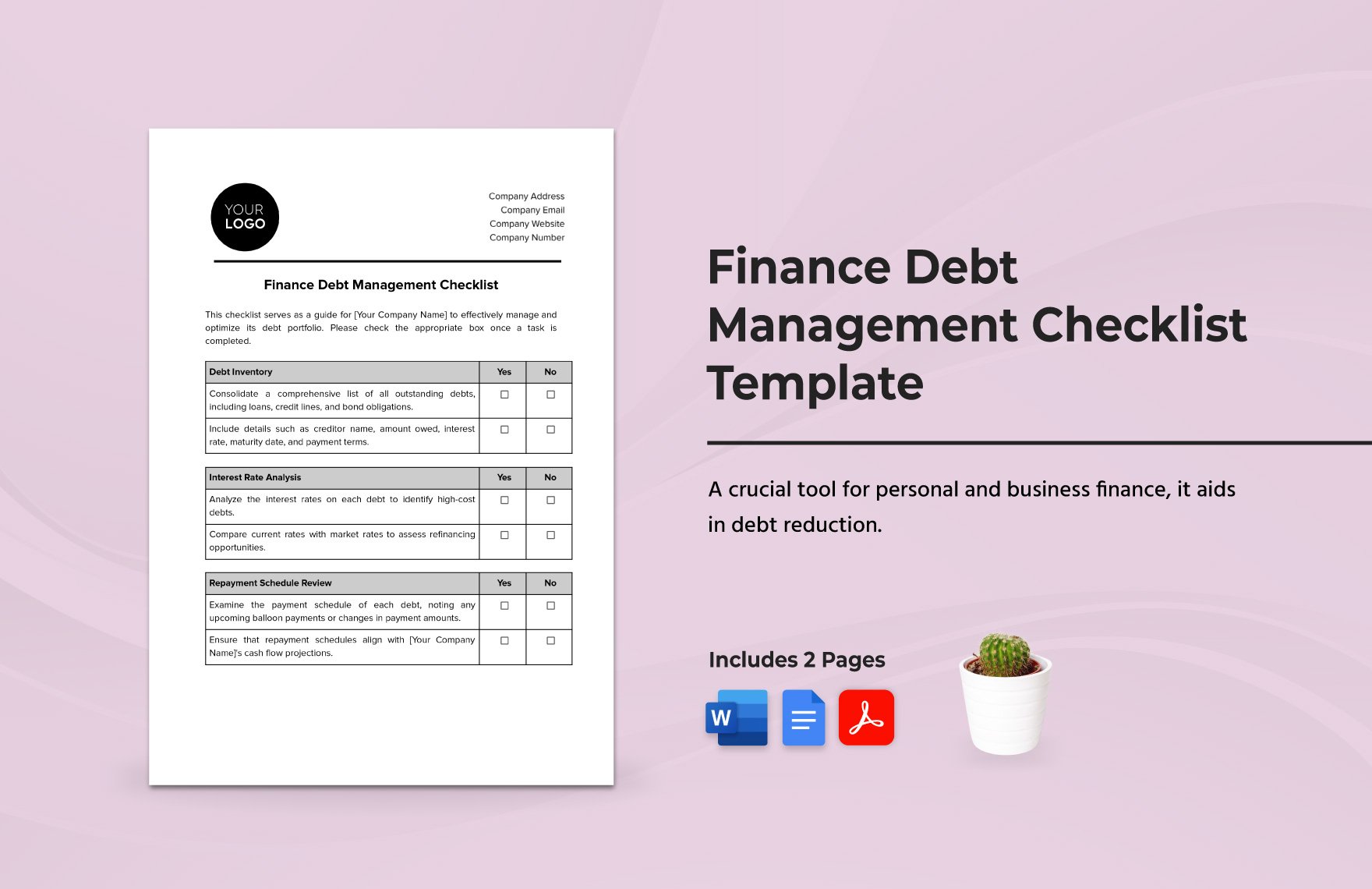When looking for finance templates that allow total mobility, make good use of our Finance Templates in Google Docs file format available for immediate access after download. These templates are 100% customizable, easily editable, time-saving, high-quality, professionally made, and printable. Be it for budgeting or accounting purposes, there is sure to be a template that is perfect for your purpose. All finance templates are available in A4 and US print sizes. So what are you waiting for? Get the convenience of having ready-made templates that are fully customizable and are easily accessible anytime and anywhere by downloading your finance template of choice today.
How to Make a Financial Statement in Word?
A financial statement is a formal document and report of a company's financial activities. This document reflects how the financial activities of a company are doing. This also mirrors the company's financial status. Through understanding the details on the financial statements, the analysts and investors say that it will appropriately assess and consolidate a business' financial standing and performance.
Here are some ways on how to make a financial statement for your company:
1. Plan What Software to Use
Before you write your financial statement, you need to decide what software to use. If you want to create, view, and share your document, you can use Microsoft Word.
2. Figure Out the Balance Sheets
A balance sheet is a statement of liabilities, assets, and capital. Remember that your balance sheet determines your business' status. You need to make an analysis first for the formula of making a balance sheet. The formula is liabilities plus capital is equal to assets. This explains that your assets or the things that make your business work are stabilized by the company's financial debts and responsibilities and the investors' investment to your company.
Have a list of your fixed and current assets. Make sure that you calculate these things. You can estimate or just put the exact amount of your assets on your balance sheet. For your liabilities, you need to also simply list them down. These include your debts, mortgages, account payables, and the list goes on. Add all your liabilities to get the total amount. Then, subtract your liabilities from your assets. After this, give a space for your shareholder's equity. List down all the things that interest your shareholder about your company.
3. Determine Your Income Statement
Your income statement determines the profit and the loss of your business during a particular timeframe. You can get your income statement by getting all the details about your revenue and subtracting all costs from the operating and non-operating activities. Your income statement includes your revenue, cost of good sold, gross profit, promotion expenses, interests, and others.
4. Settle Your Cash Flows
Cash flows are the total amount of money that is being moved in and out of your business. Your cash flow is important since it can be used as payment for the things that make your business run. Cash flows have three sections, these are operations, investing, and financing. Free cash flow helps investors with their assessment of your company. When you have a good cash flow, this means that your business is moving smoothly.
5. Proofread Your Work
It is important to review your work first. You don't want to embarrass your business and management by giving them an erroneous financial statement. Make sure that your calculations are correct. Check if you have given the correct list of your liabilities, assets, and shareholder's equity. Recheck your balance sheet. Another thing, recheck your income statement as well. Did you get the correct data and information? Are the amounts correct? Lastly, recheck your cash flow portion.


